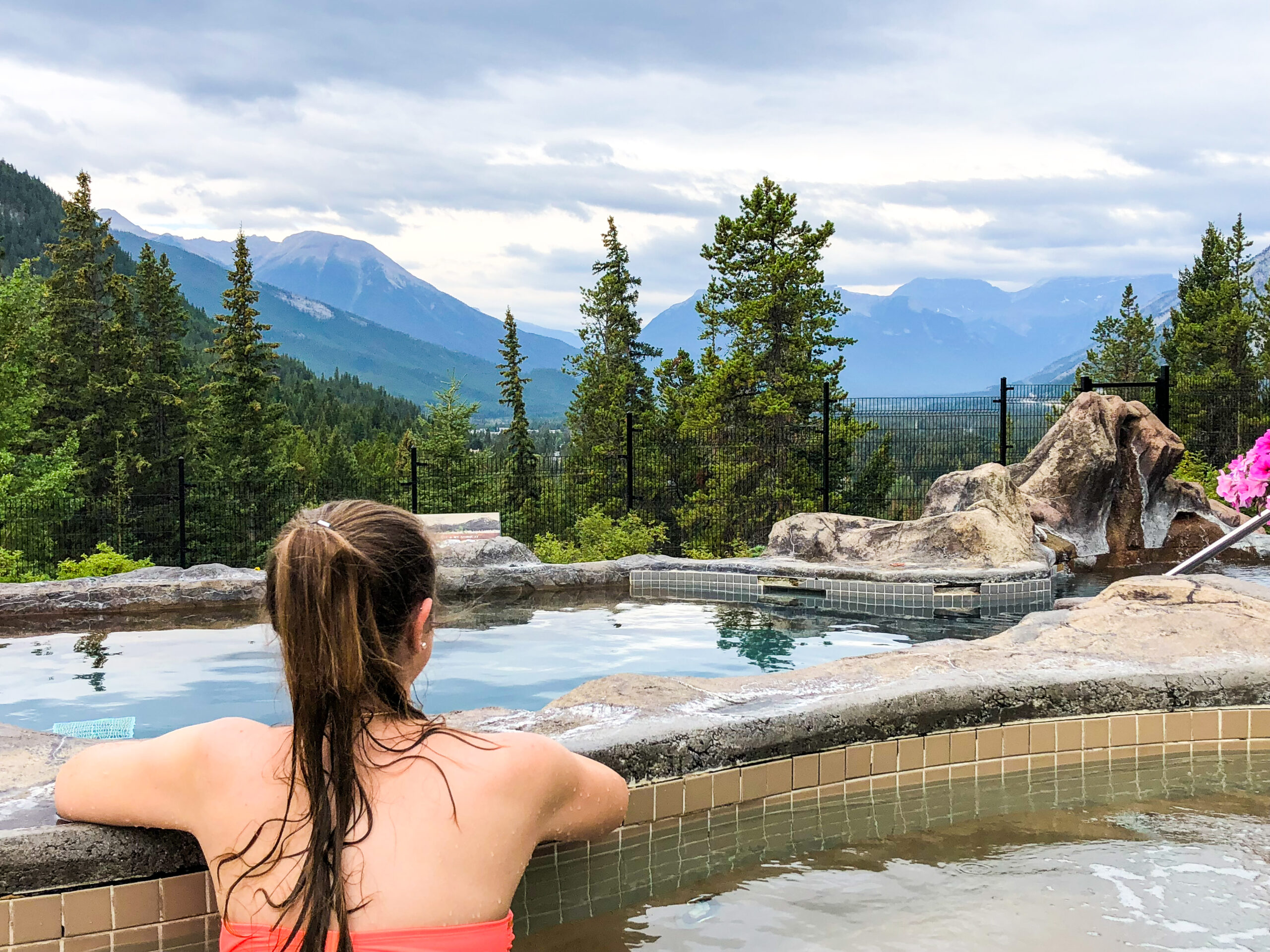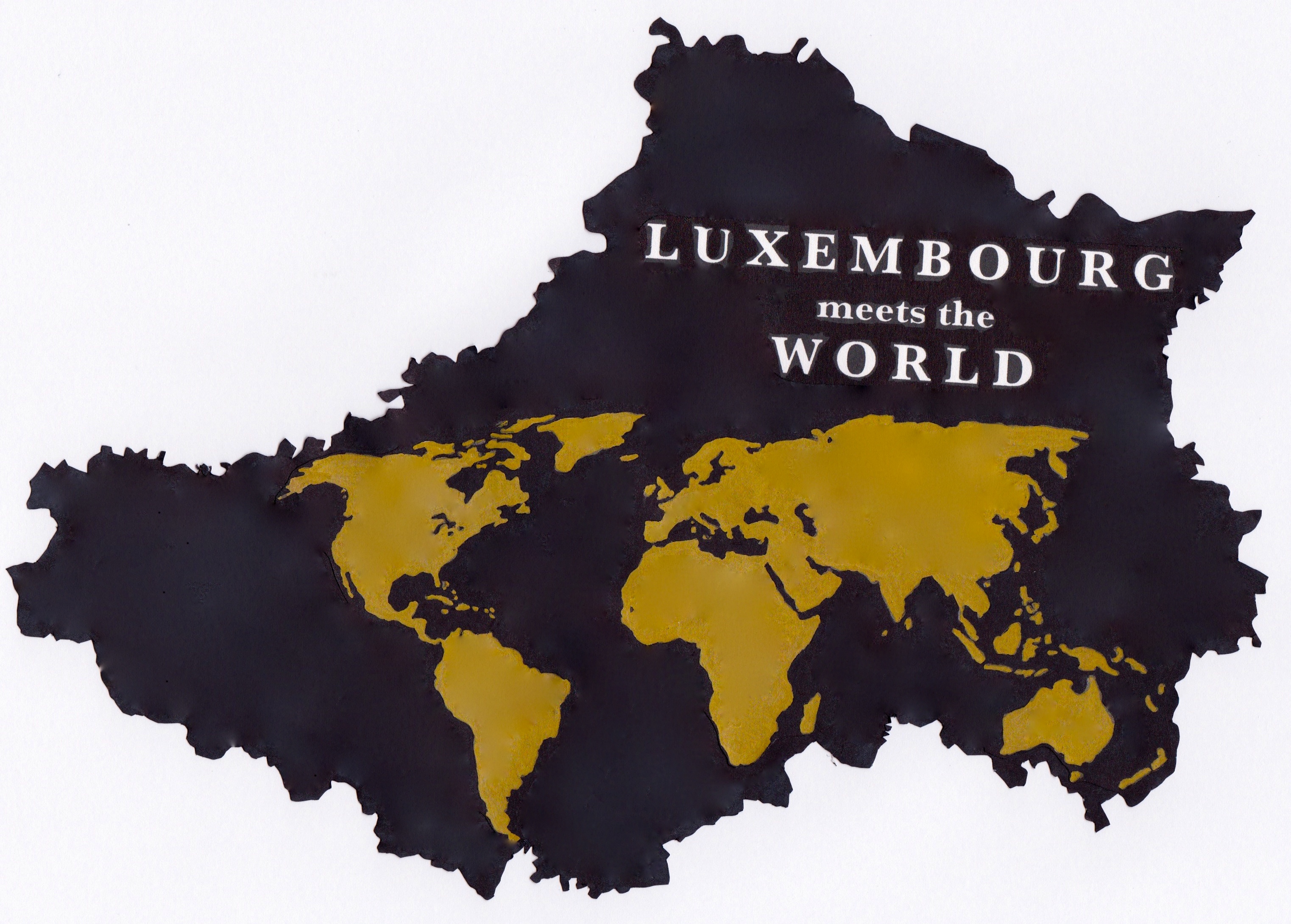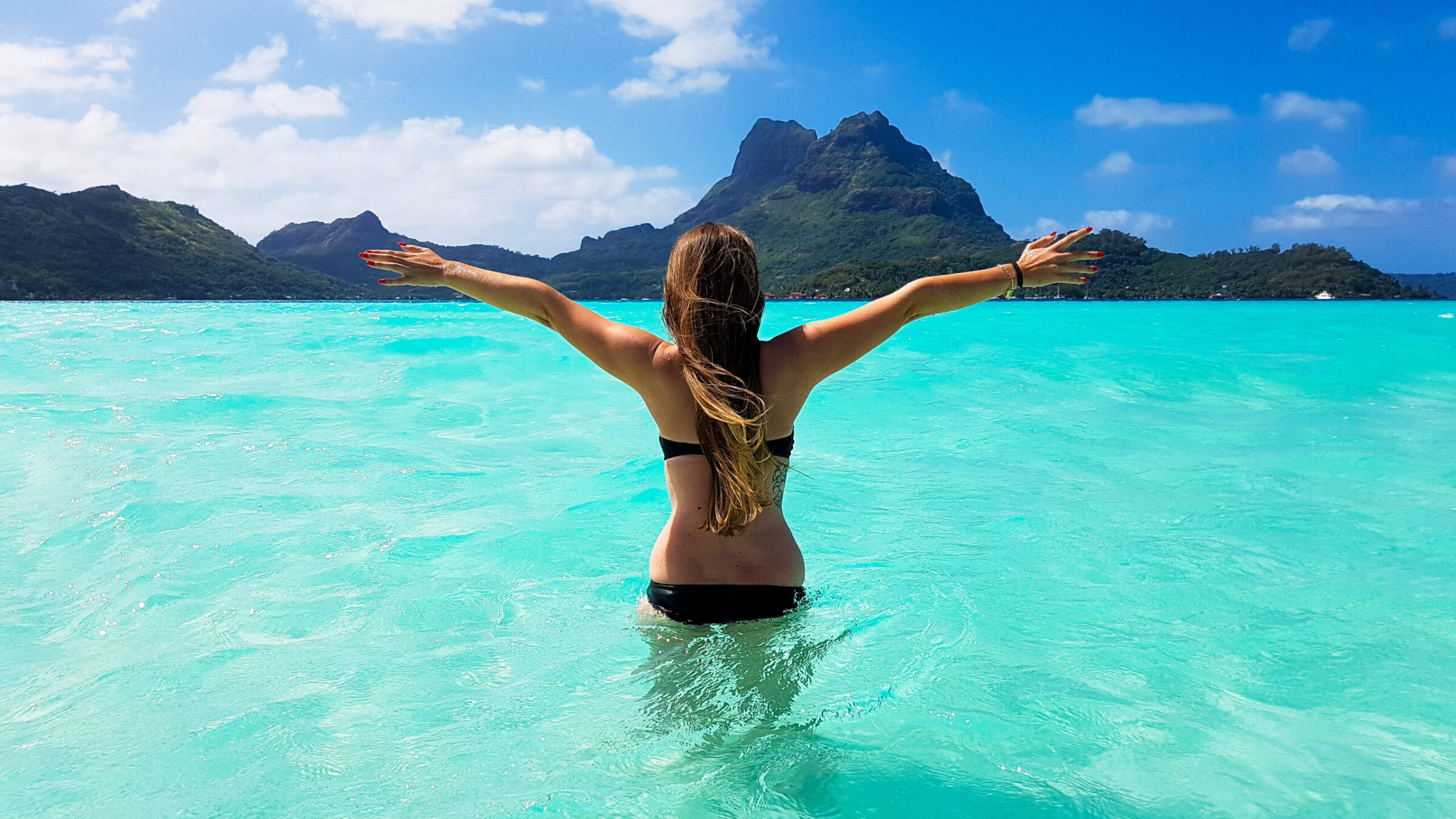
Top 10 things to do in Banff National Park, Canada
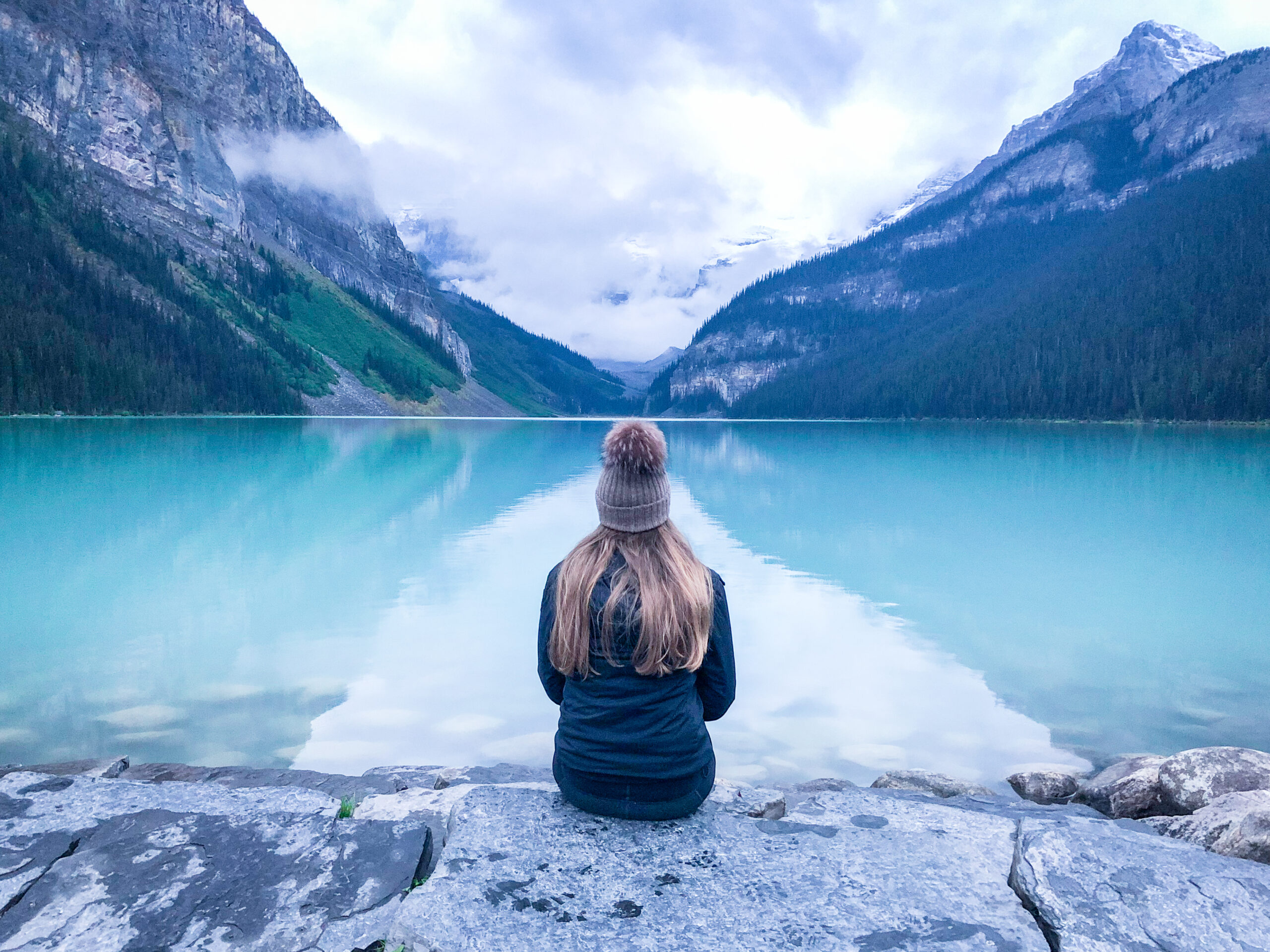
Established in 1883, Banff National Park is the oldest national park in Canada located in the Rocky Mountains of Alberta. In the north it connects with Jasper National Park, in the west with Yoho National Park, in the South with Kootenay National Park and in the Southeast with Kananskis Country.
There are many reasons to visit Banff National Park. The glaciers, ice fields and dense forests are only the beginning of it. The following destinations and activities are my favourite things to do in Banff National Park.
Moraine Lake
Probably one of the most known lakes in the world is Moraine Lake. It is a glacially-fed lake in Banff National Park situated in the Valley of the Ten Peaks. As the lake is glacially fed, it only reaches it crest middle to late June. The unique colour of a distinctive shade of azure blue, is due to the refraction of light of the rock flour deposited in the lake.

The area around Moraine Lake offers also several walking/hiking trails. The most common one is the Rockpile Trail, which leads you along the actual moraine and to the most photographed view in all of Canada. This trail is approximately 300 meters long with an elevation of 24 meters. The view from the Rockpile is called the „Twenty Dollar View“ because it was on the reverse side of the Canadian twenty dollar bills from 1969 and 1979.
Another hiking trail is the Consolation Lakes trail. This one is approximately 3 km long with an elevation of 90 meters. Once you have reached the lower lake you can continue your hike to the upper lake. The upper lake is not directly visible from the lower one. As there is no clearly marked trail, you can just walk over the large rocky area.
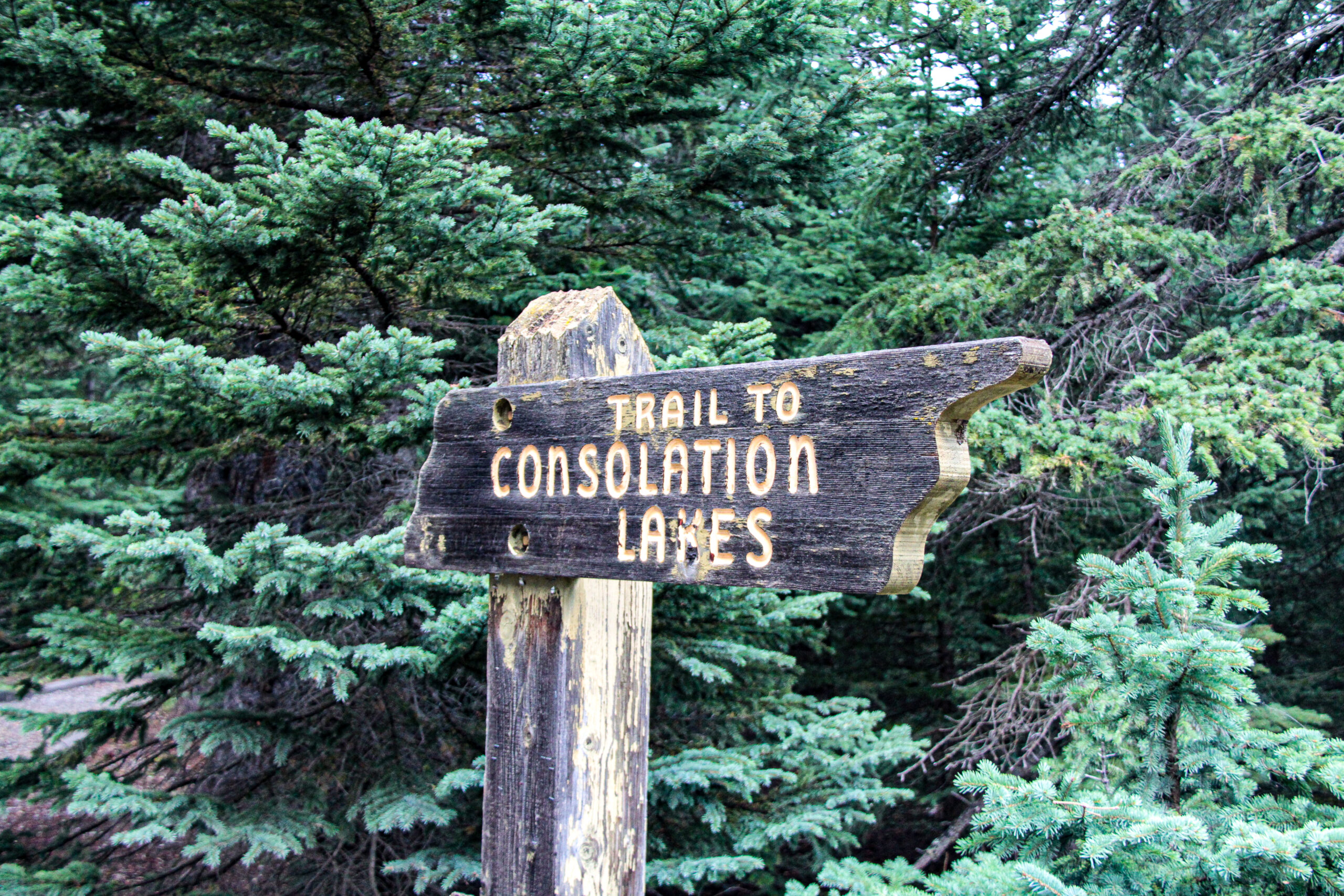
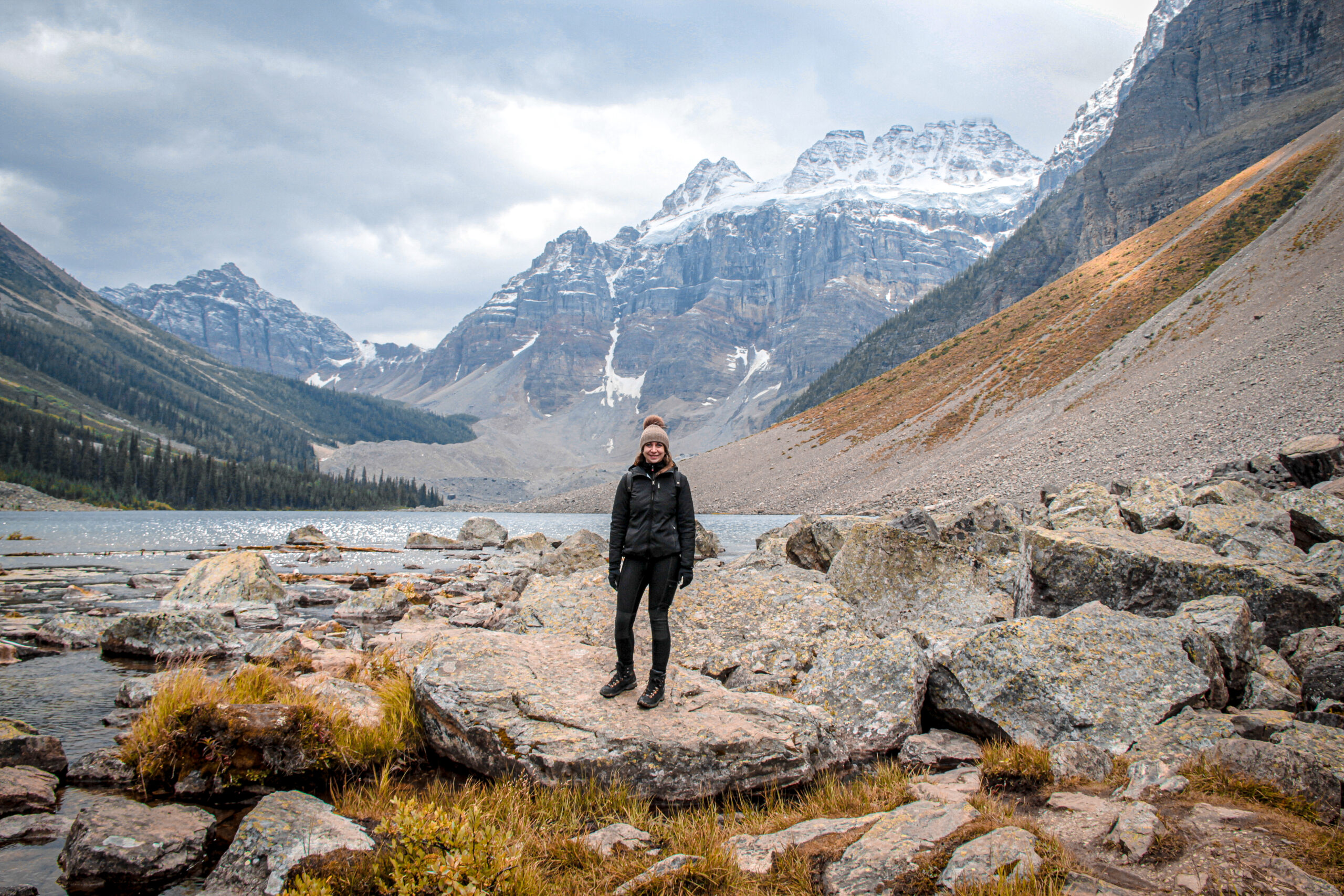
Whenever you want to visit Moraine Lake and its surroundings, be sure to be as early as possible! I was there are 7 in the morning, and the one parking was already full.
Lake Louise
Beside Moraine Lake, Lake Louise is also one of the most famous lakes in Banff National Park. It is also a glacial lake. Its turquoise colour comes from rock flour carried into the lake by melt water from the glaciers around the lake.

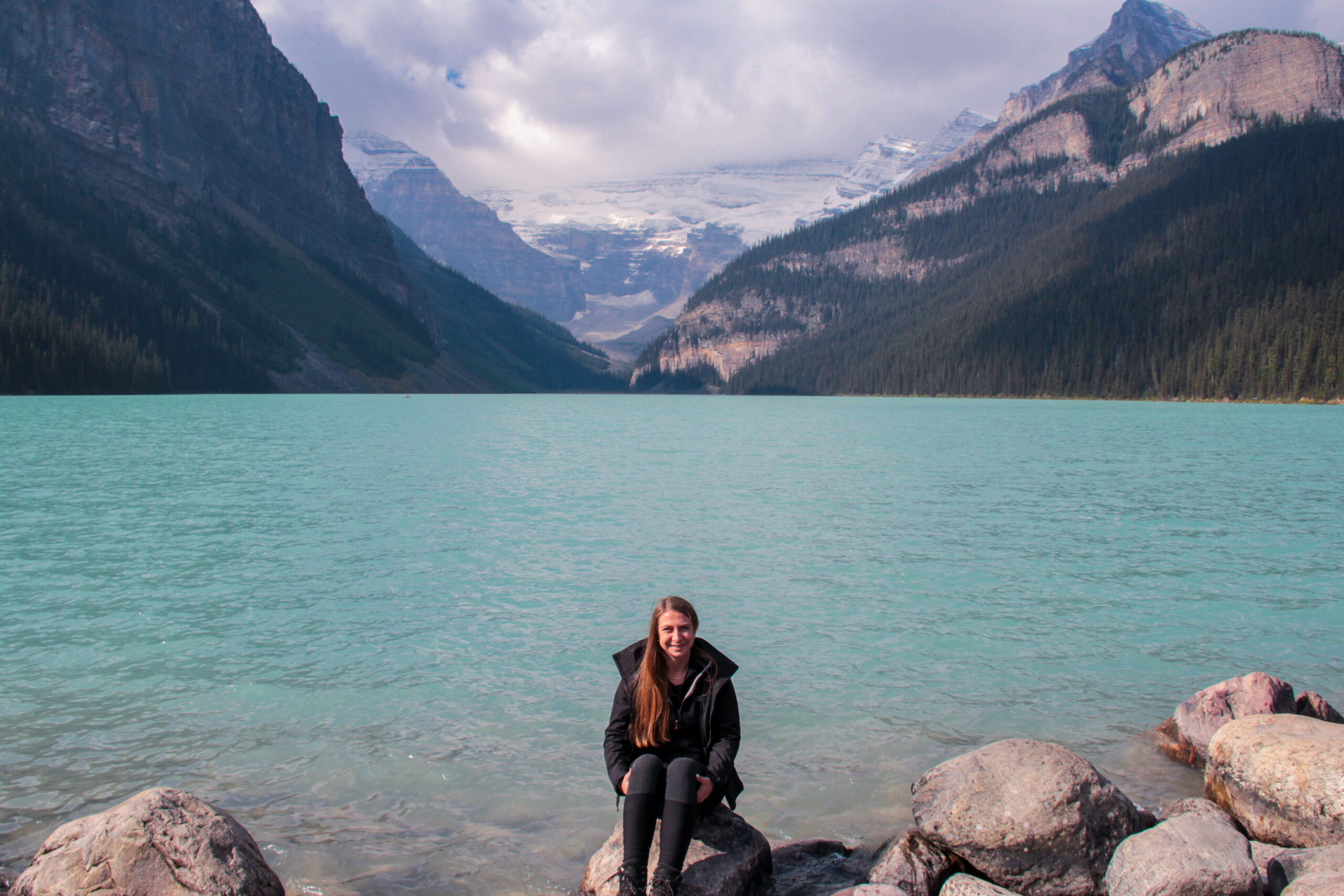
It is busy all year round as it is one of the most famous places in the Canadian rockies. In summer you can hike a lot of trails and you can even rent a canoe on Lake Louise. In winter the lake turns into a big ice skating pist.
The most famous hike leads you to Lake Agnes with its Tea House. The trail is approximately 7 km and it takes you about 2 hours do get there (one way). As it is a well-known stop for hikers, it is very crowded up there and it is not that easy to get a table inside the Tea House.
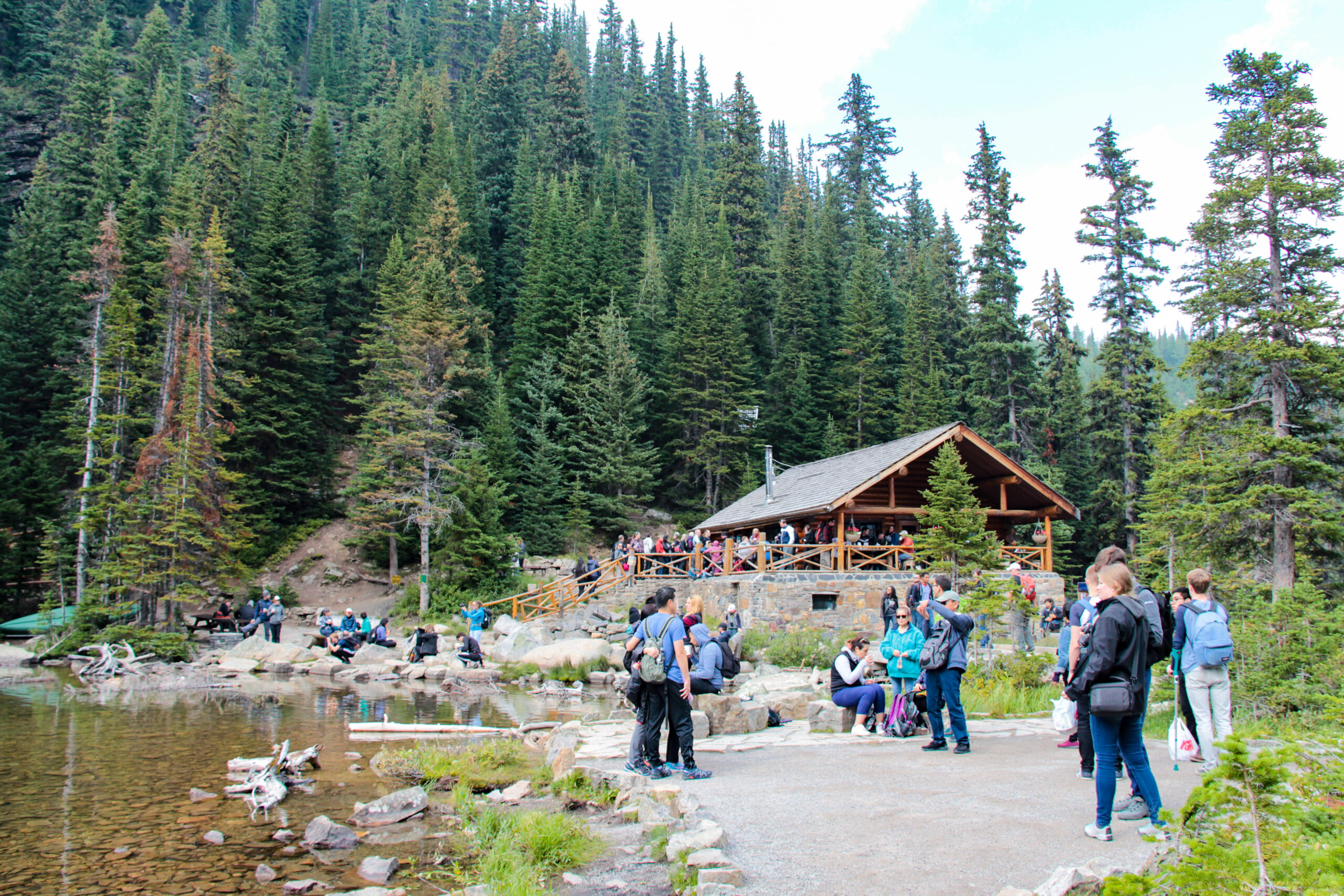
You can complete your trail with either the Little Beehive or with the Big Beehive. Those two hikes will lead you further up and reward you with amazing views over Lake Louise. It was planned that I will hike on Big Beehive but on the way to Lake Agnes I passed the route leading to Little Beehive and I spontaneously decided for this hike. I don’t regret it because the view up there is really breathtaking. If you have time you can surely make both hikes in one day.
Read next: Lake Louise.
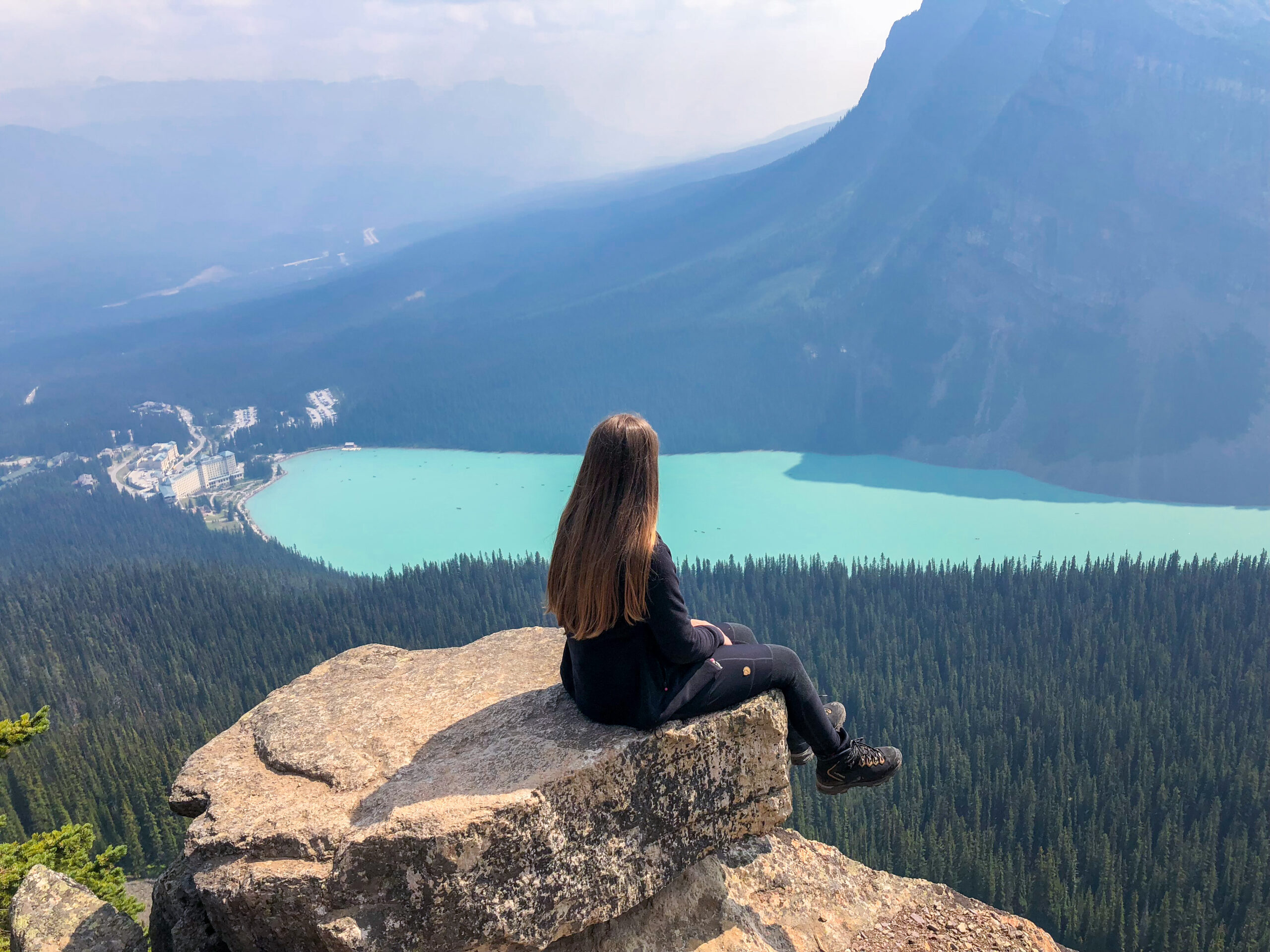
Be sure to be super early in the morning at Lake Louise or either later in the evening. Everything in between is very crowded.
Mount Norquay
Via Ferreta is an Italian word for “iron road”. It is a protected climbing route where a steel cable is fixed into the rock and runs all along the route. It allows people to get to more difficult peaks, which were normally only accessible by experienced mountaineer. You can climb ladders and cross suspension bidges.
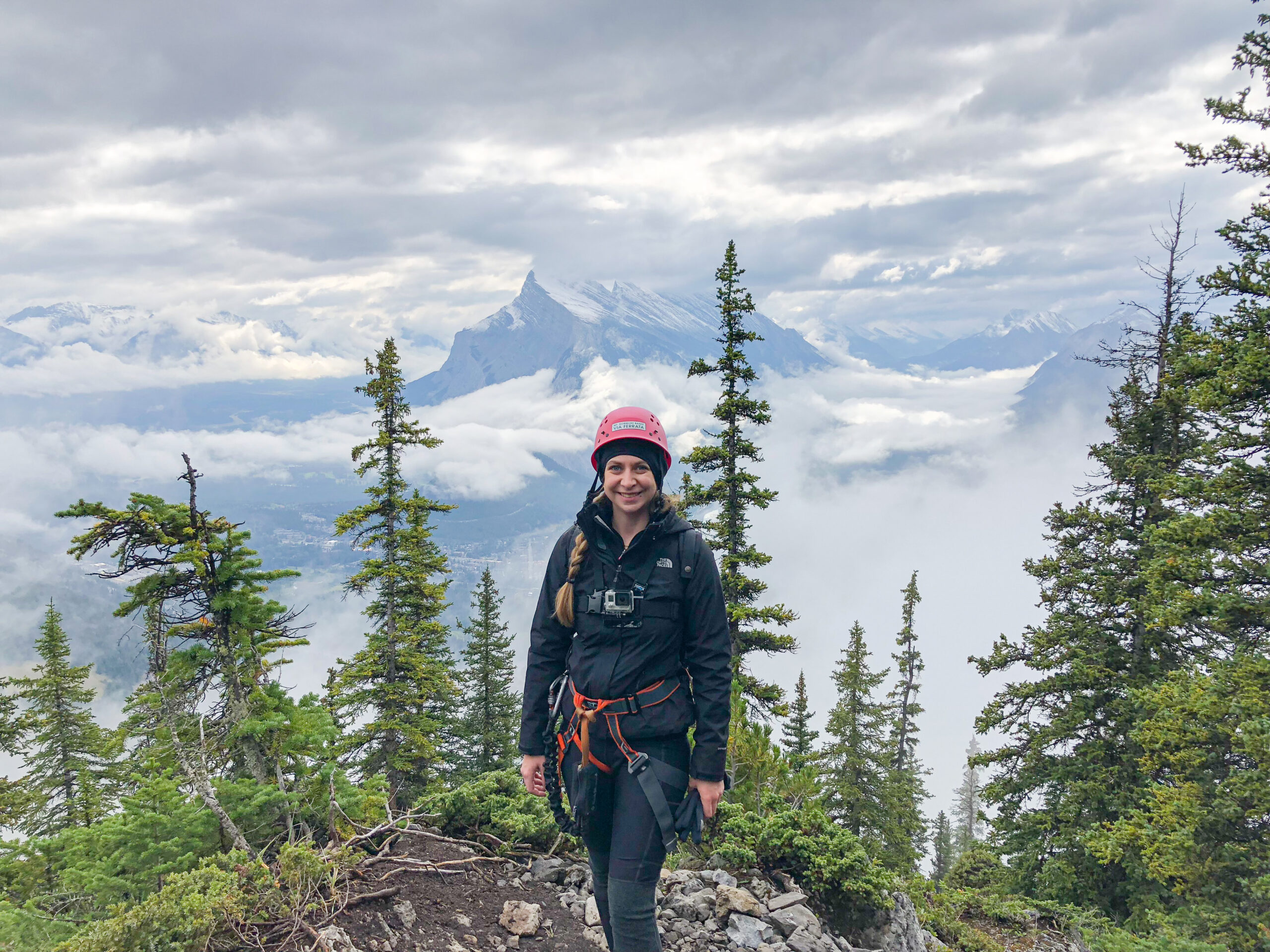
Since 2014, the Via Ferreta is possible on Mount Norquay and it is the only one in Banff National Park.
You can chose between four (4) different routes, which all have another degree of difficulty. You can chose between those 4:
- Explorer: 2 – 2.5 hour round trip | 1km distance | 2235m above sea level | 145m elevation gain | $175
- Ridgewalker: 3.5 – 4 hour round trip | 1.4km distance | 2300m above sea level | 260m elevation gain | $225
- Skyline: 4.5 – 5 hour round trip | 2.5km distance | 2380m above sea level | 290m elevation gain | $290
- Summiteer: 5 – 6 hour round trip | 3.2km distance | 2450m above sea level |360m elevation gain | $365
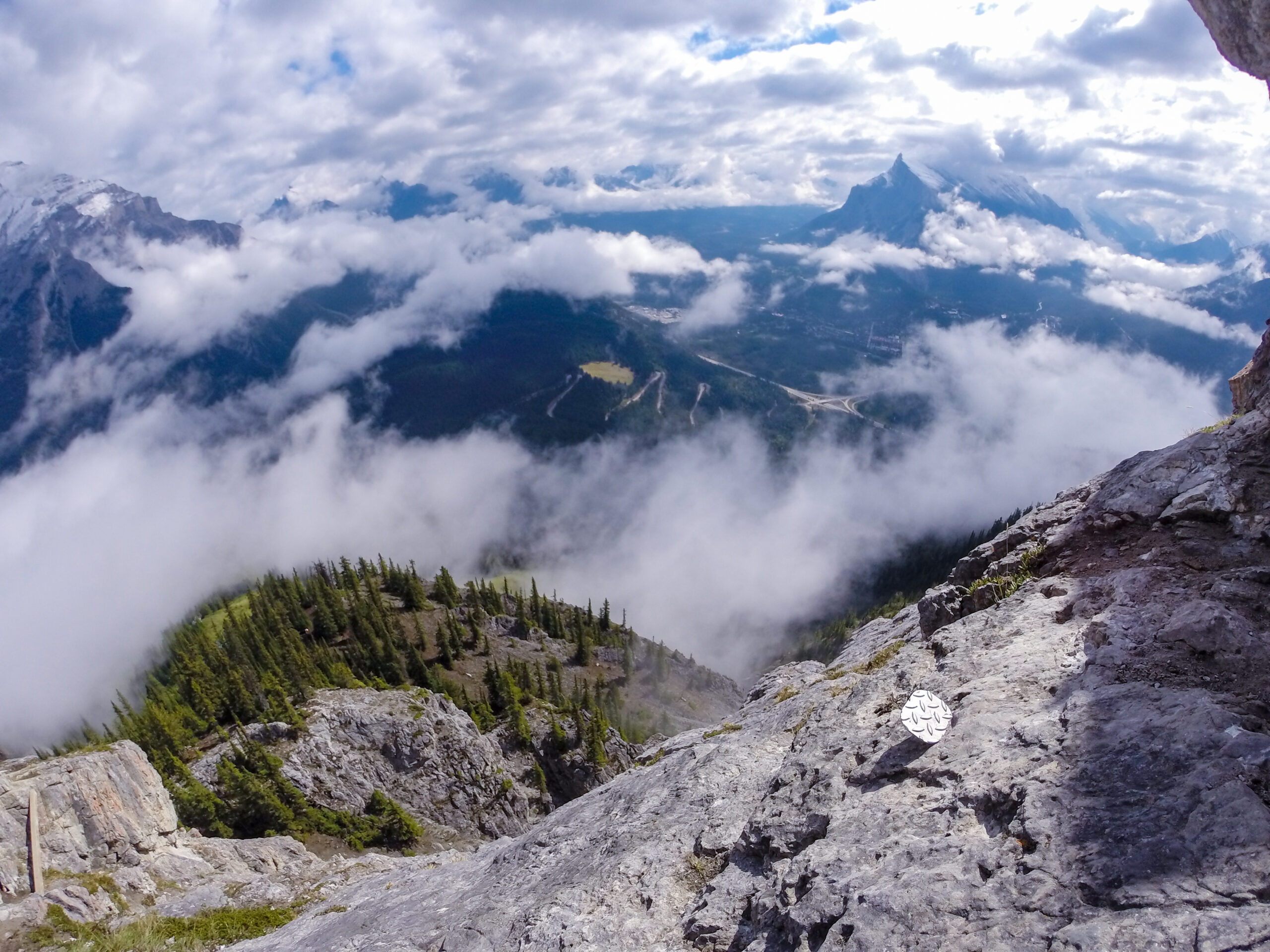
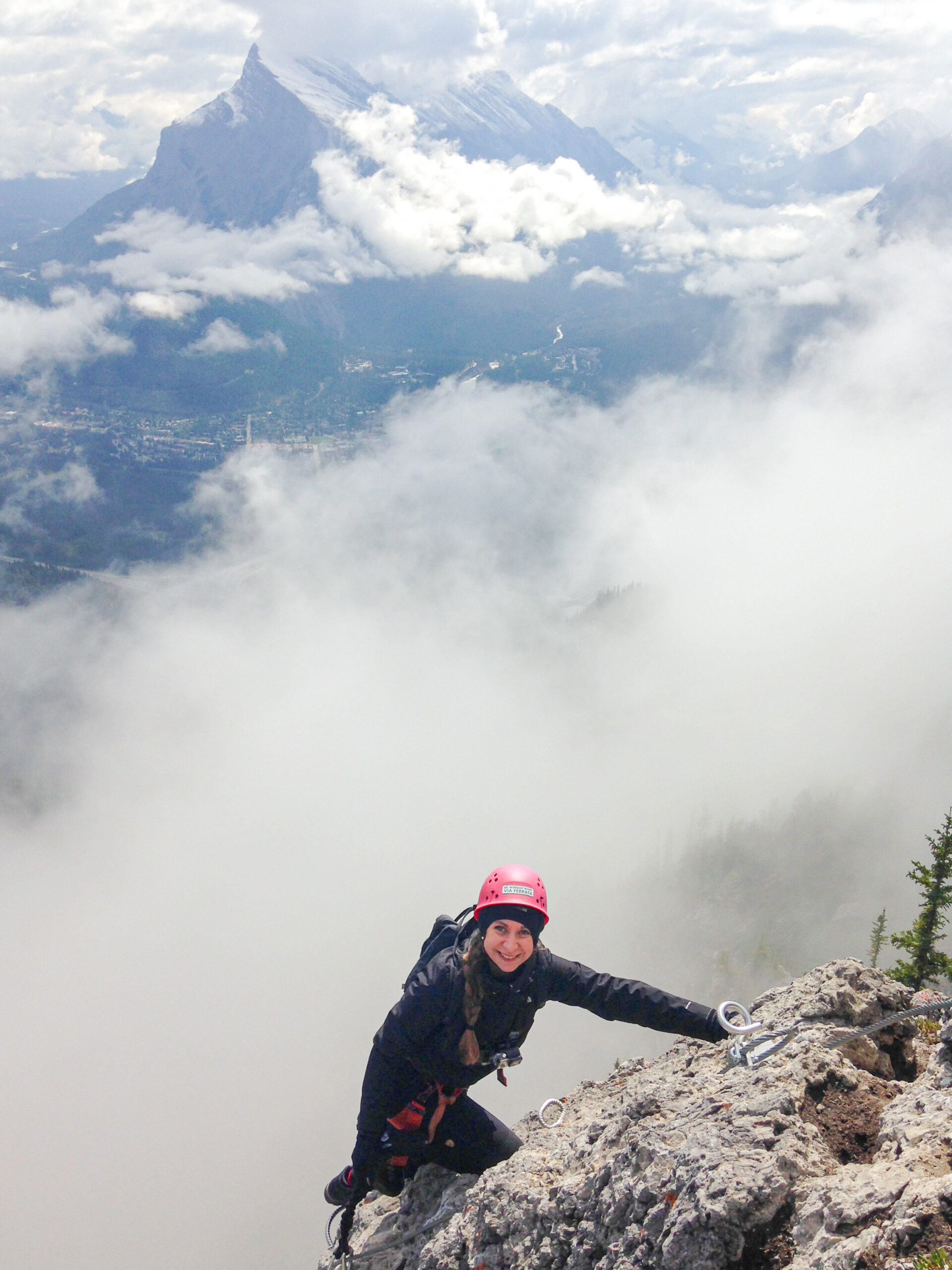
For everyone who will try it, but is unsure about the route, I can recommend the Ridgewalker route, which is not that difficult but will give you the feeling of climbing up a mountain.
Read next: Via Ferreta on Mount Norquay.
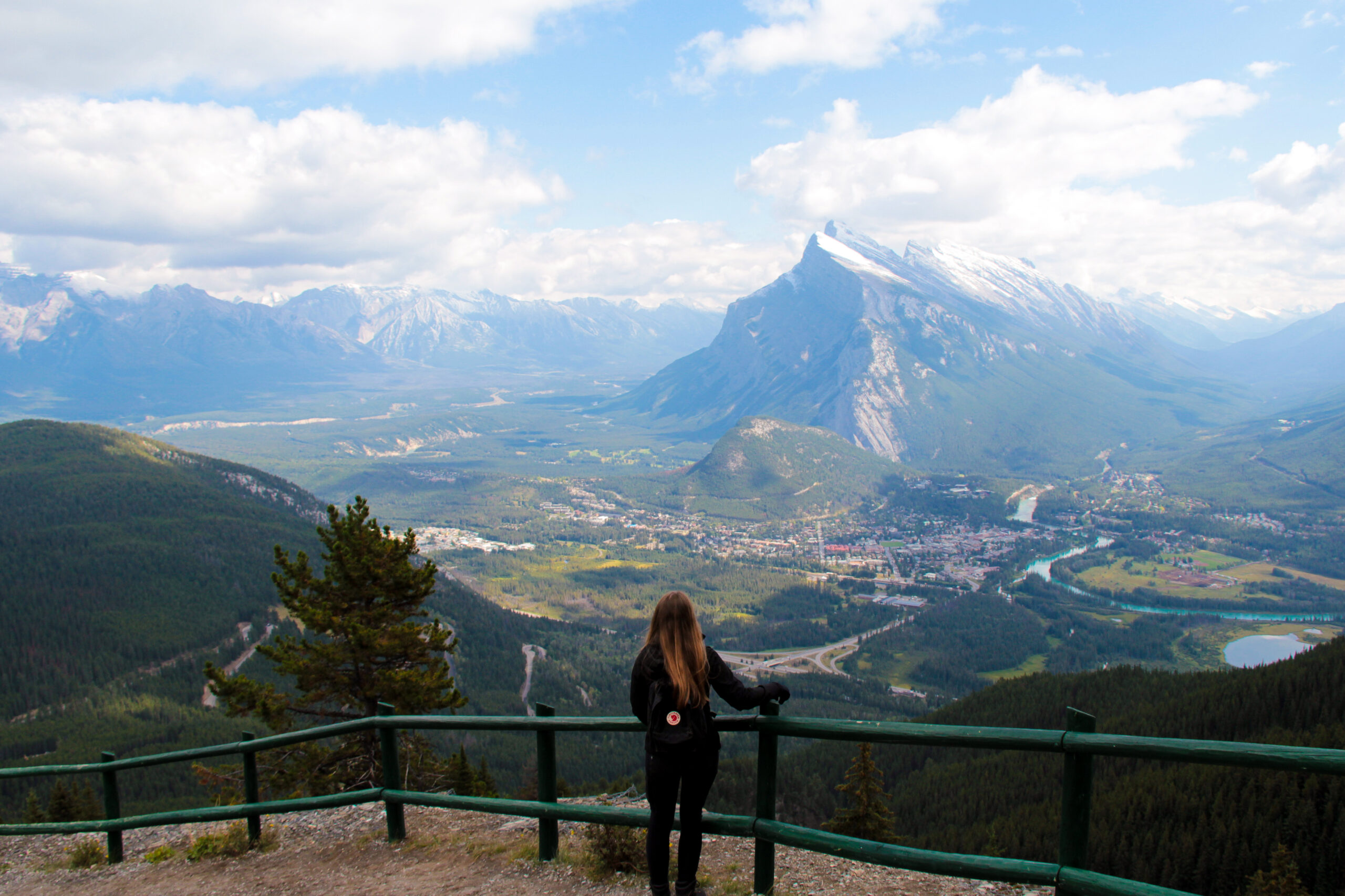
Sulphur Mountain & Banff Gondola
The Banff Gondola is a must do during your stay at Banff National Park. It will take you op to Sulphur Mountain, which is 2.292 meters high. It is such a famous place because of its spectacular view over the Town of Banff. Beside the amazing view over the Town of Banff, you’ll also see six Mountain Peaks at once.

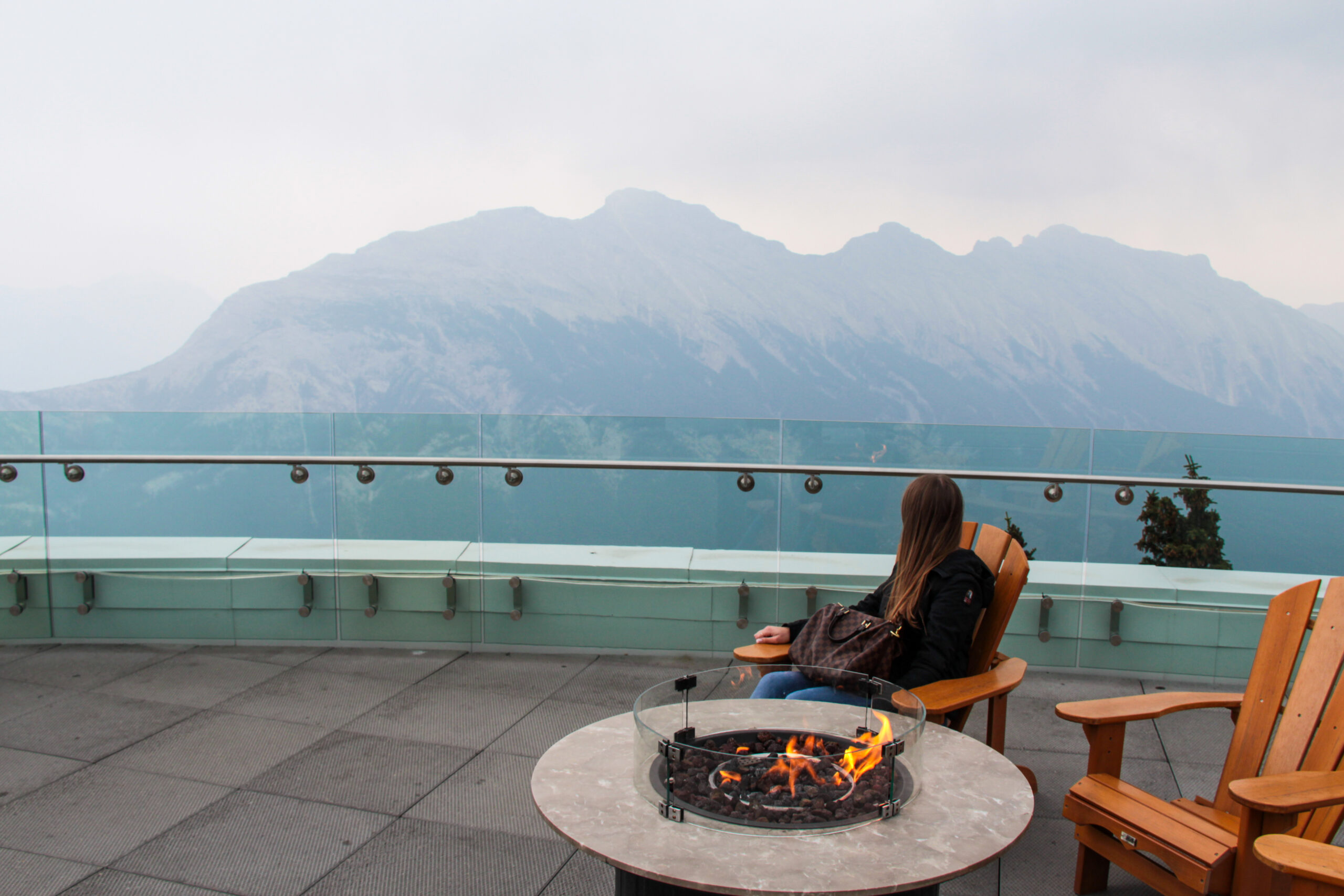
Sulphur Mountain is also the home of two hot sulphurous springs. The lower one is the Cave and Basin National Historic Site an the higher one is the Banff Upper Hot Springs. Last one is very popular among visitors and therefore often overcrowded! As both attractions, Banff Gondola and the Upper Hot Springs, are located close to each other, you can easily combine those two in one day. The other warm water spring is the Cave and Basin National Historic Site. It was discovered by three railway workers in 1883. But those hot springs are no longer open to the public.
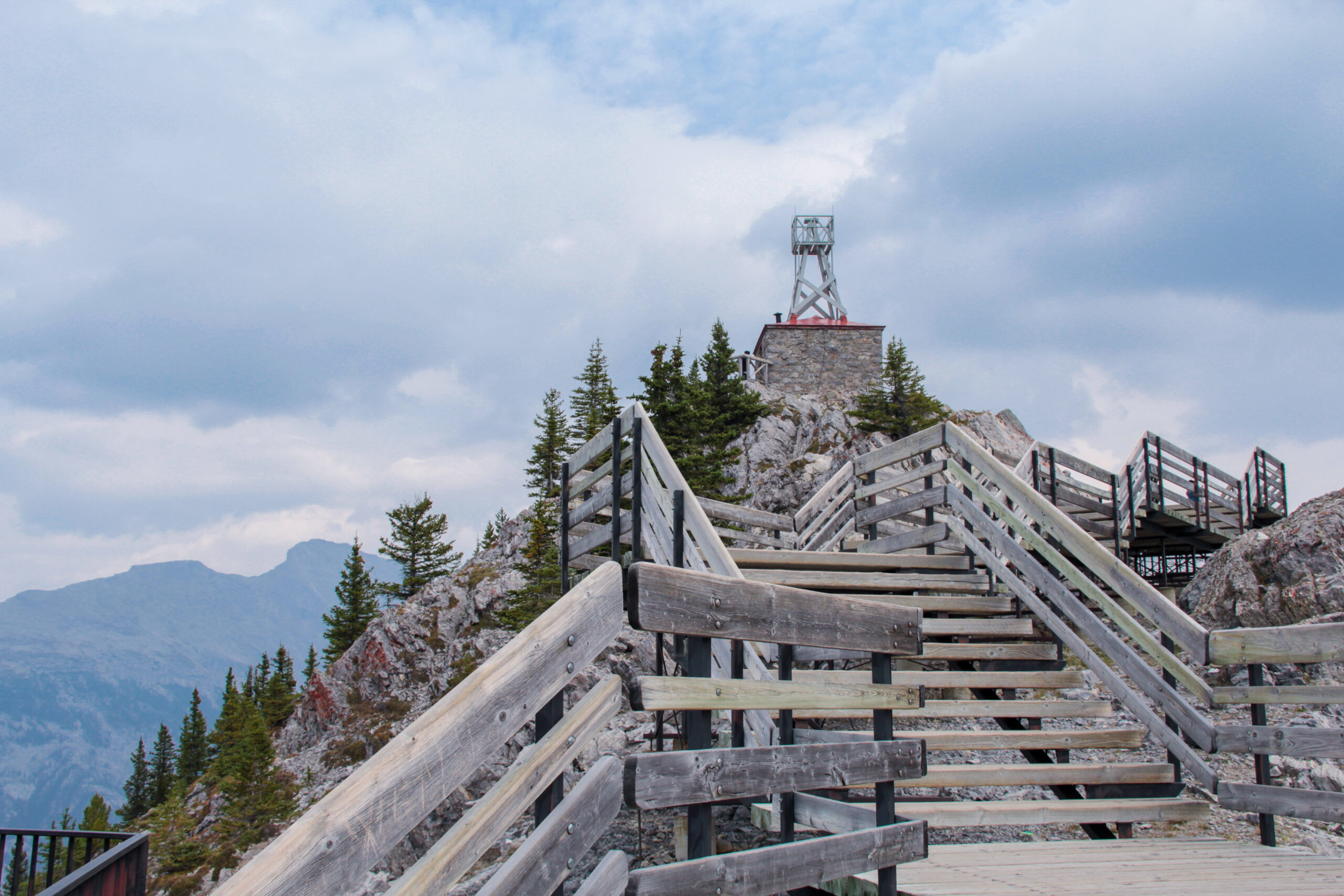
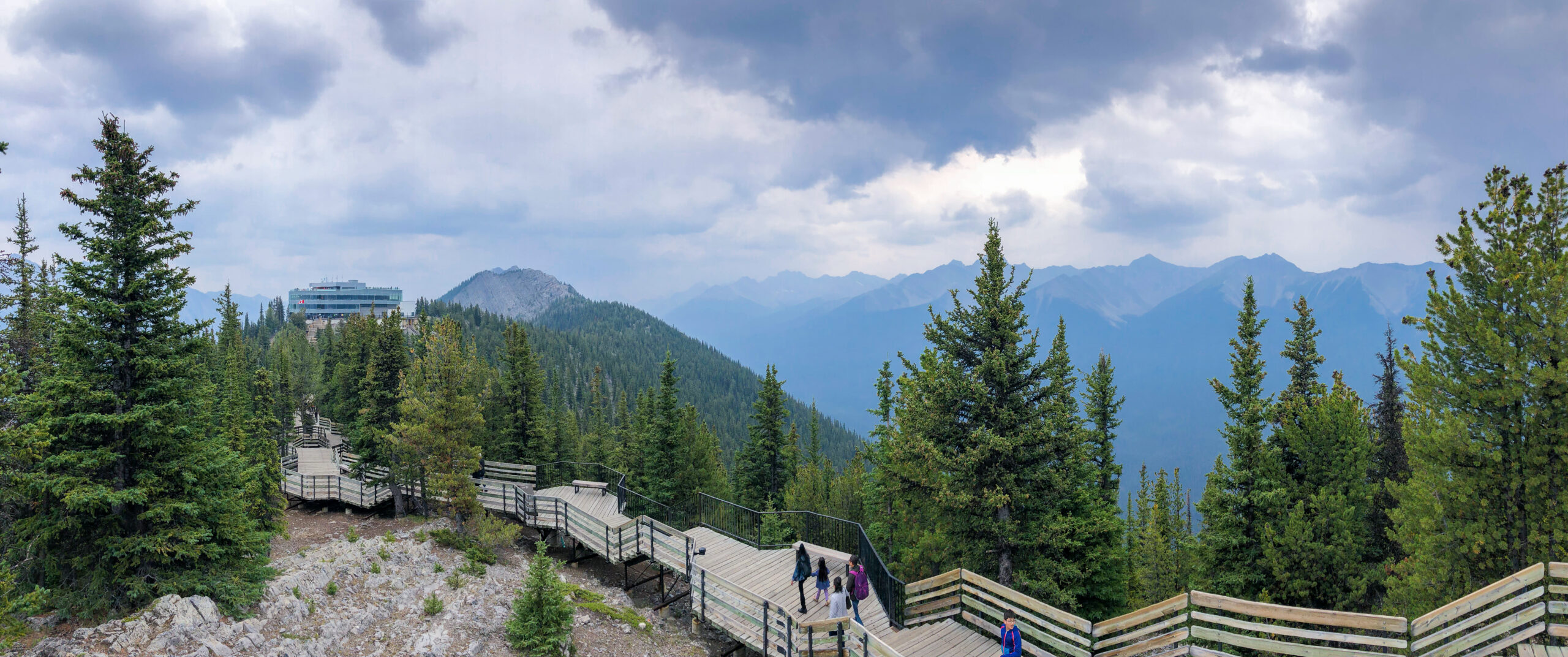
Read next: Banff Gondola and Sulphur Mountain
Columbia Icefield
Located in the Canadian Rocky Mountains, the Columbia Icefield is the largest icefield in the Rocky Mountains of North America. With its 325 m2 in area, it is located partly in Banff National Park and partly in Jasper National Park.
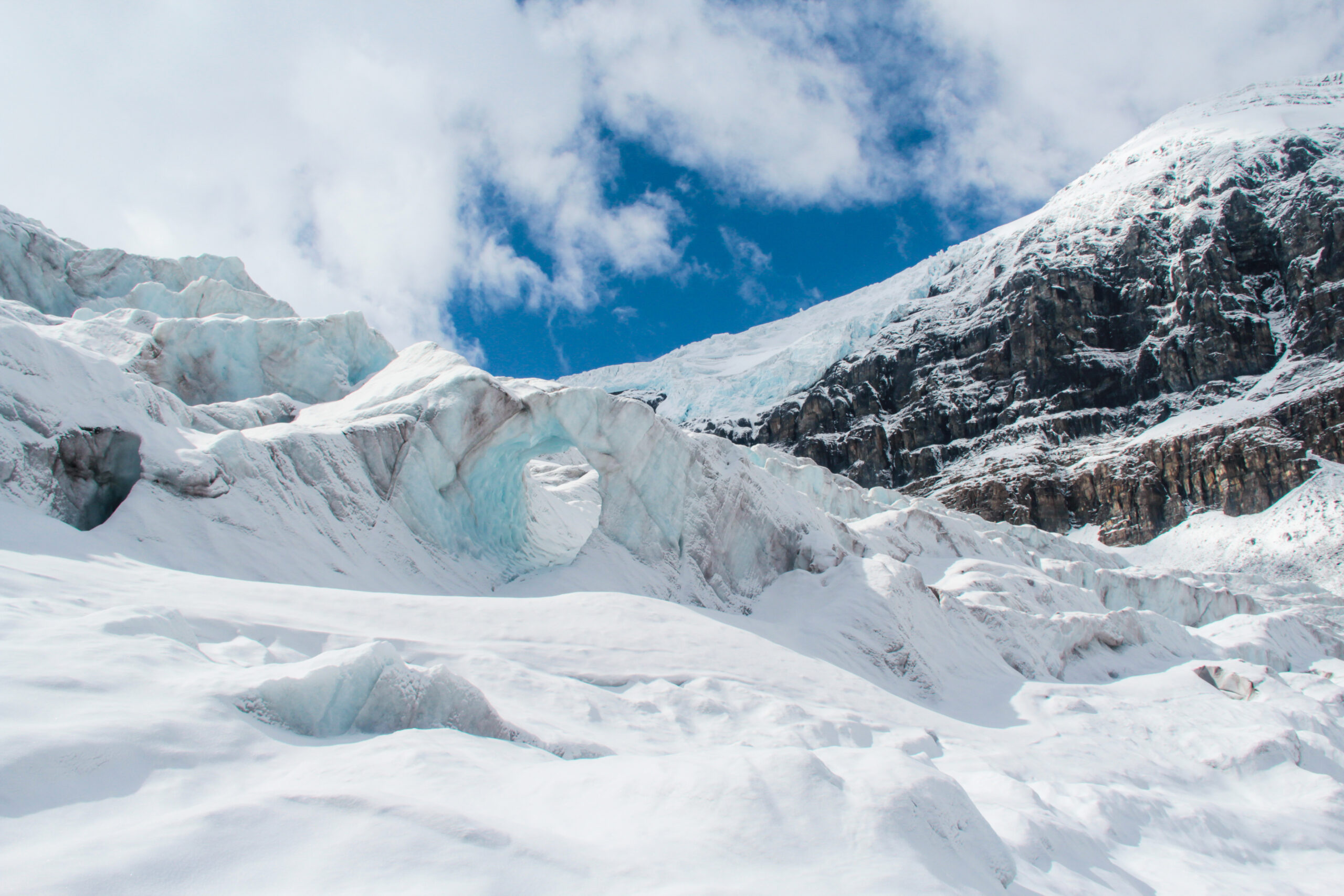
The most known and also most visited glacier is the Athabasca Glacier. Although it is easy accessible, it is absolutely not recommended to walk by yourself on the glacier. There are guided tours to explore the toe of the glacier and also buses, called „Ice Explorer“ who will bring you up there.
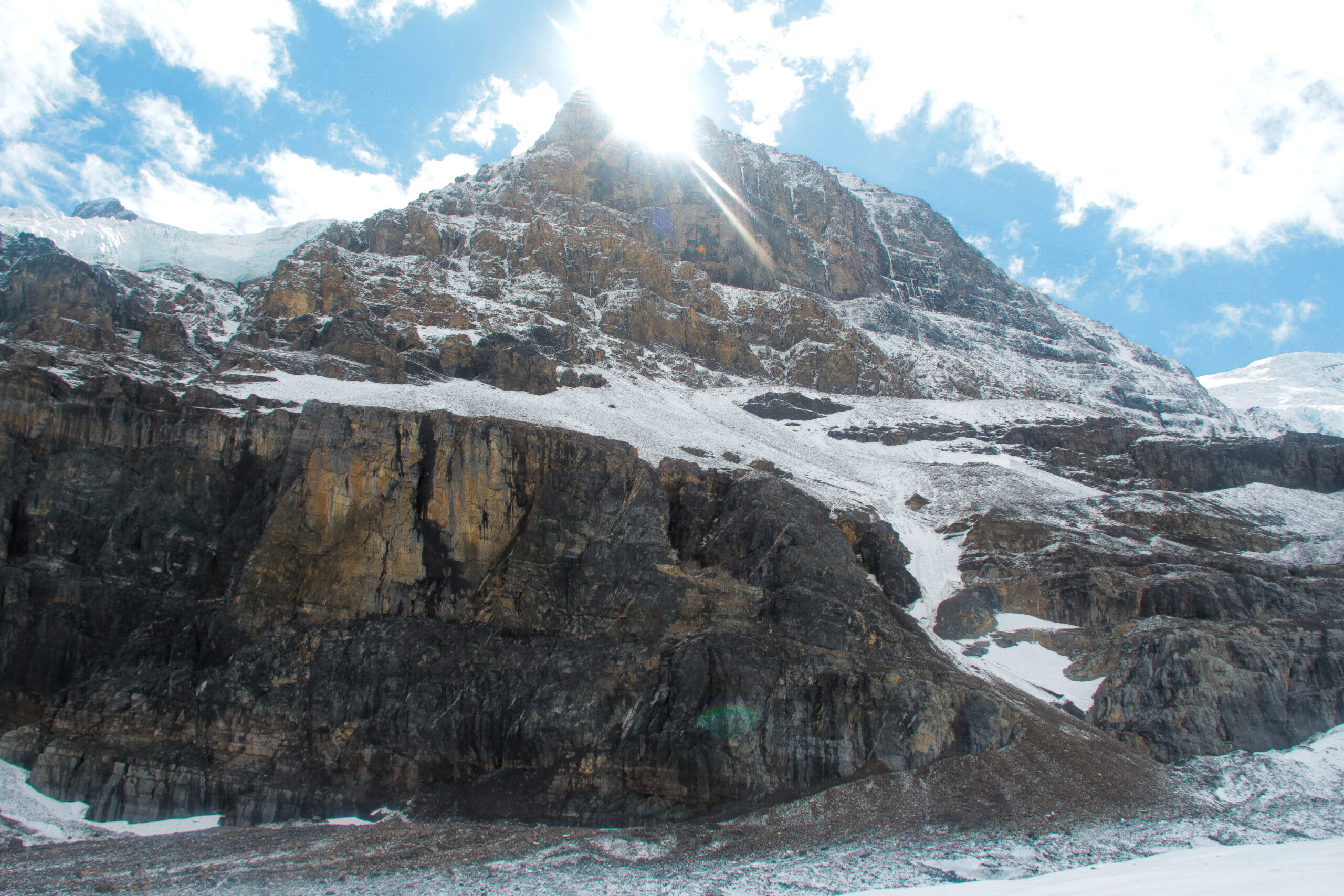
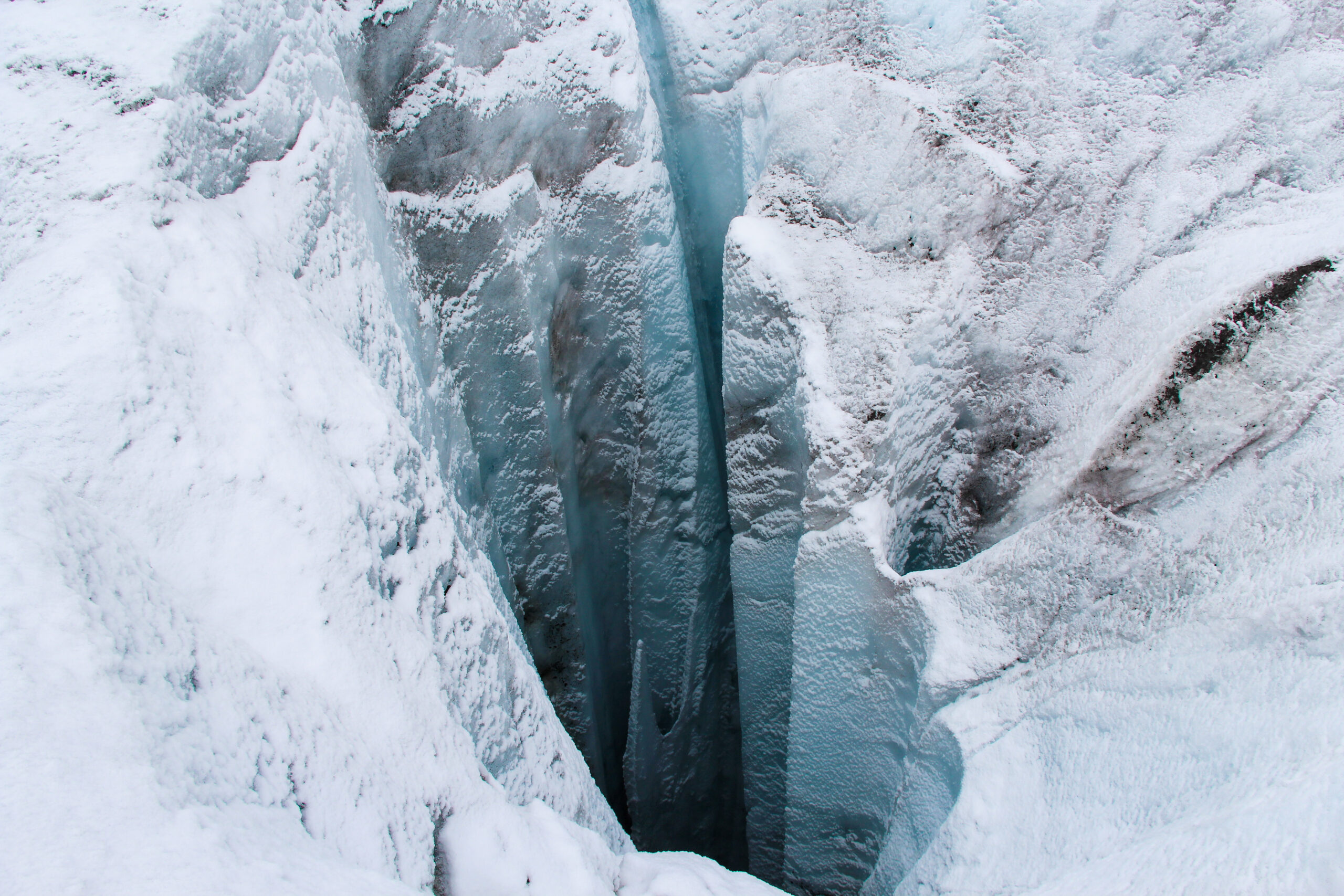
It is also possible to step on a cliff-edge walkway with waterfalls, wildlife and more with as a highlight, a glass-floored lookout with a spectacular view over Sunwapta Valley.
Peyto Lake
This gorgeous lake is located near the Icefield Parkway. It is also a glacier-fed lake in Banff National Park. The lake, with an elevation of 1.860 meters, is formed in a valley of the Waputik Range between Peyto Peak, Mount Jimmy Simpson and Caldron Peak.
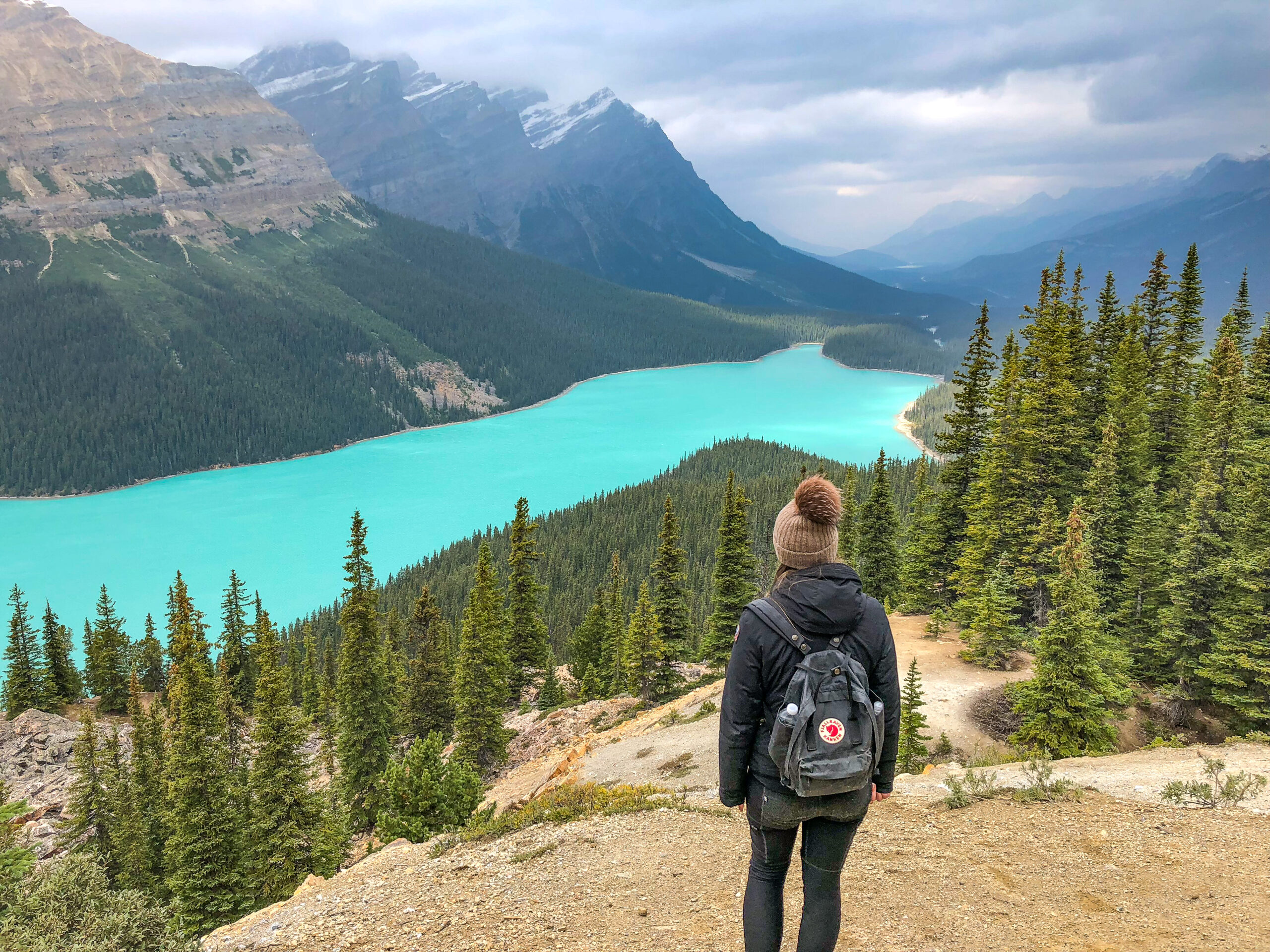
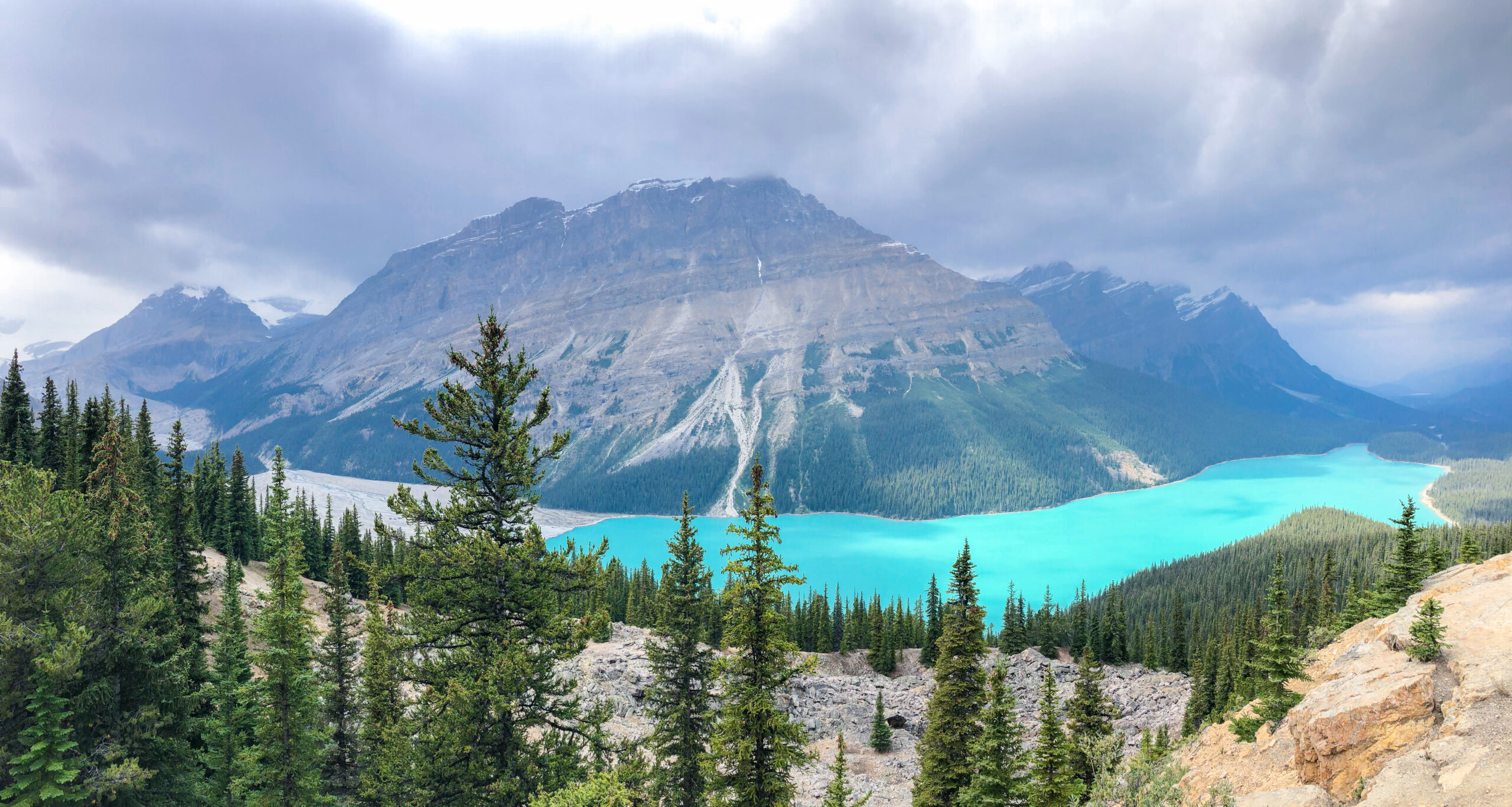
The viewpoint over Peyto Lake is one of the most spectacular ones in Banff National Park. Most people stop there on when driving from Banff to Jasper. It is a popular spot for photographers. With its unique bright and turquoise color, it is, beside Moraine Lake and Lake Louise one of the most beautiful places in Banff National Park.
Johnston Canyon
Johnston Canyon is basically a really easy hike in Banff National Park. There are Lower and Upper Falls with on both ways many viewpoints which will give you a view over the canyon down to the deep blue creek below.
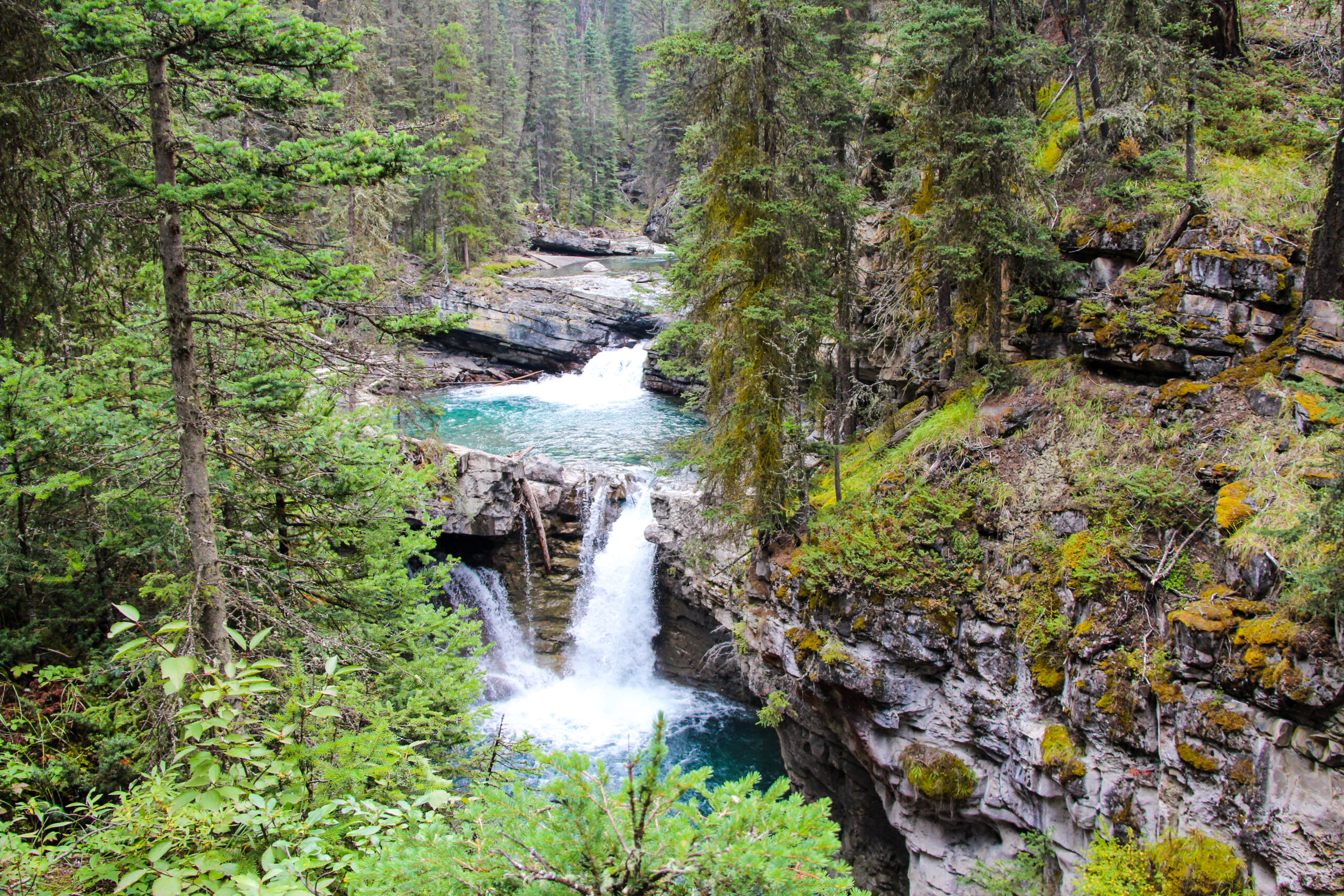
The Lower Falls are easily accessible because the trail is fairly flat and smooth. The trail is about 1,1 km, which will take you about 30 minutes to reach it from the parking lot. Don’t miss the short tunnel through the canyon rock which will lead you to a viewing platform a couple of meters from the falls. Don’t be surprised, you can get misted with the water from the falls.
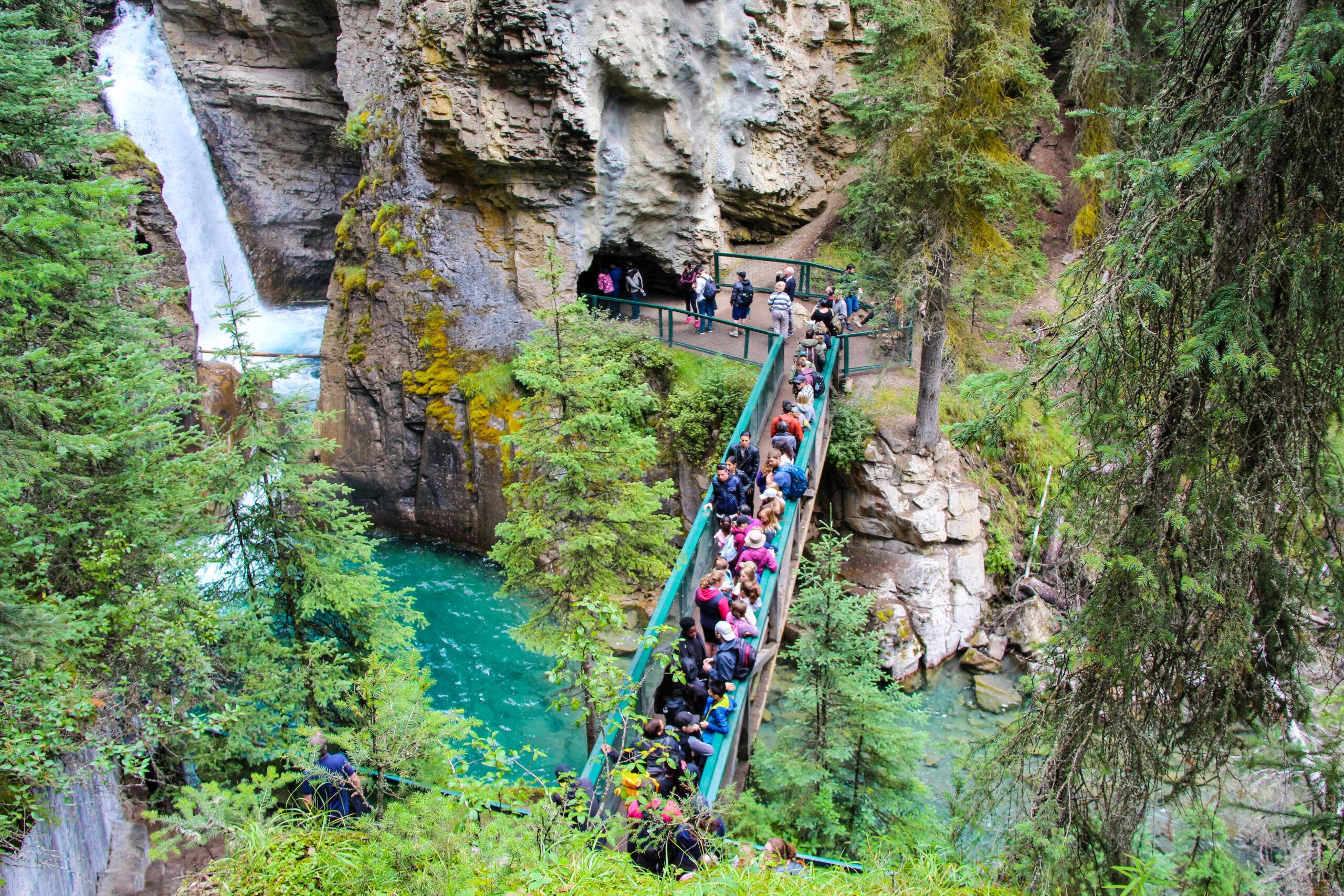
The Upper Falls are not that easy to reach. The trail up there is steeper and 2,6 km, which will take you around one hour to reach the Upper Falls.Those falls drop a dramatic 40 meters to a deep pool below. The Upper Falls can be seen from two viewing spots. The first one looks to the bottom of the falls and the second one is overhanging the gorge and will give you a look at the top of the falls.
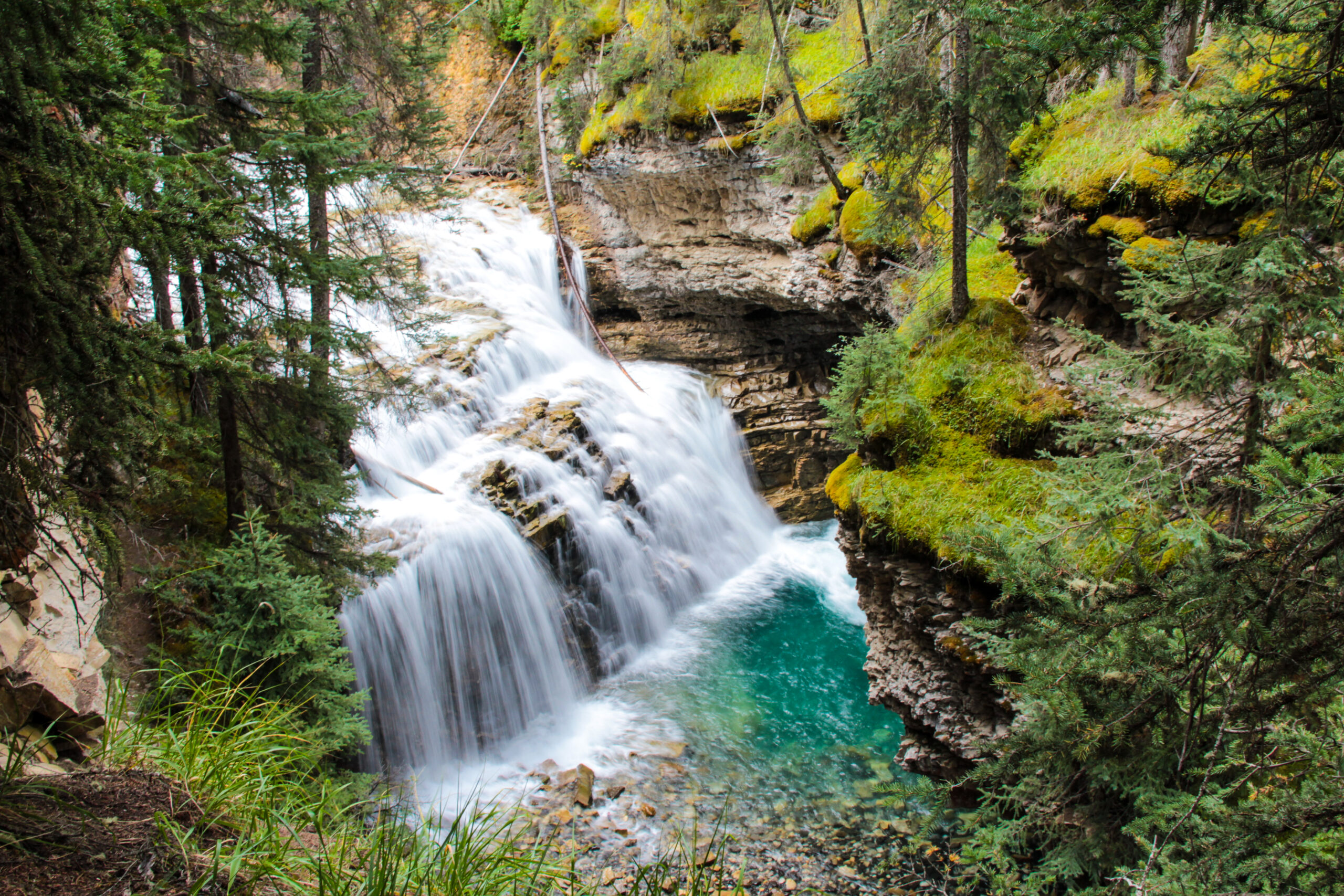
If you want to do a longer hike you could hike the trail beyond the Upper Falls to the Ink Pots. Those are seven pools of green color in an open meadow.
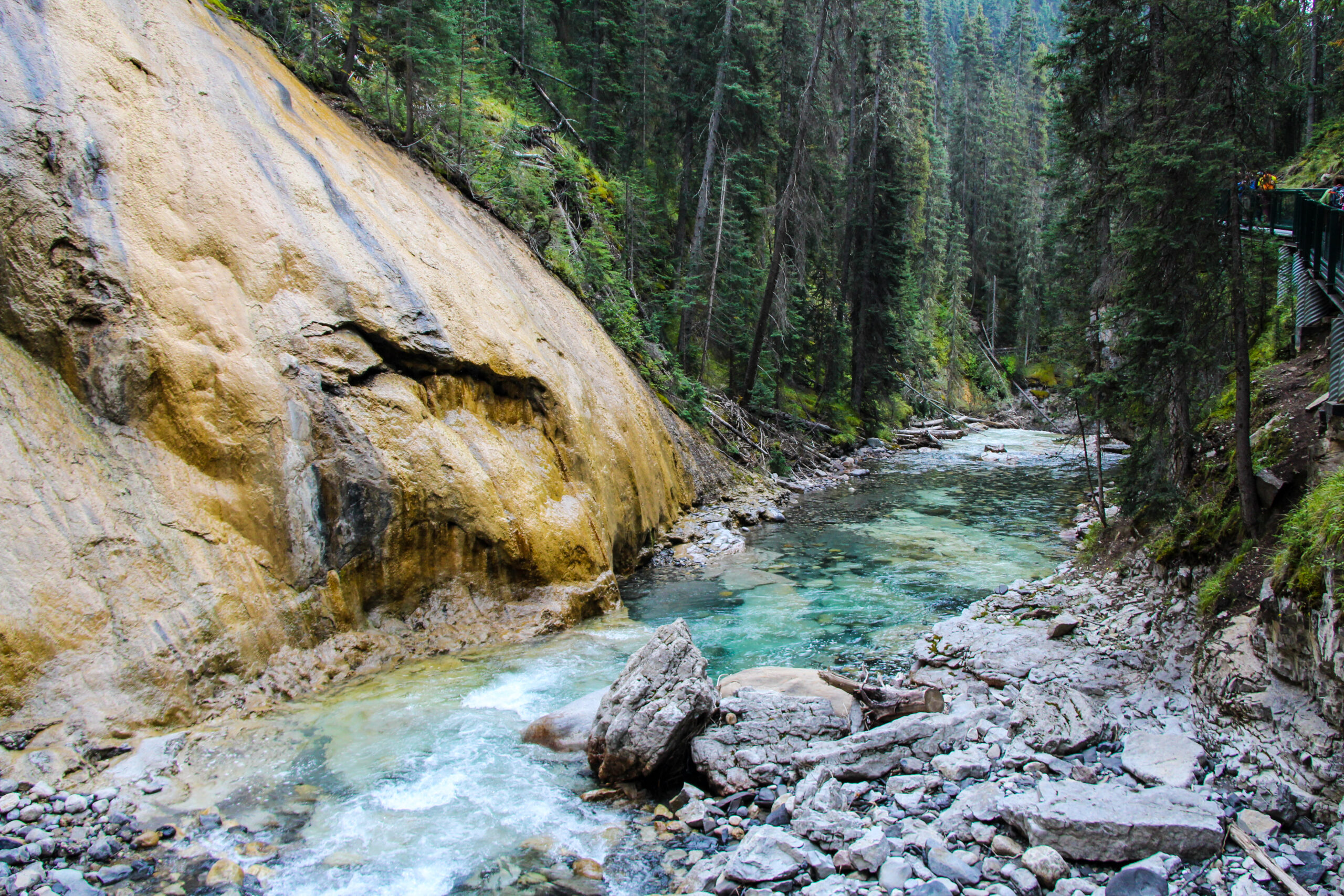
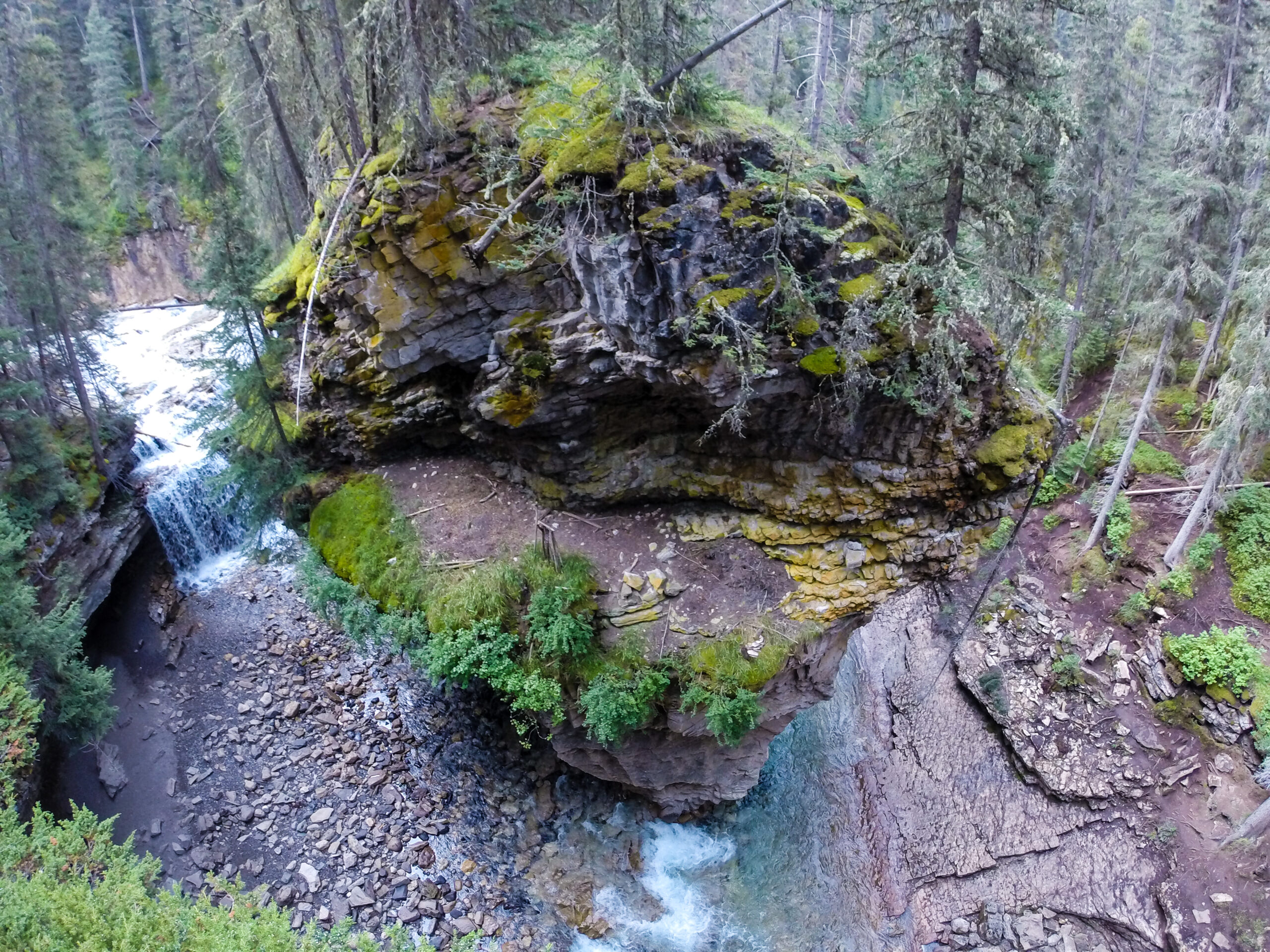
Whenever you look for Johnston Canyon, you will get immediately a picture taken in a cave with a rock in the middle of the canyon. There is no „official“ trail to this spot and it is not allowed to get there because of the birds nesting in that area. So please respect the nature and wildlife everywhere in the park. No picture is worth it to destroy it!
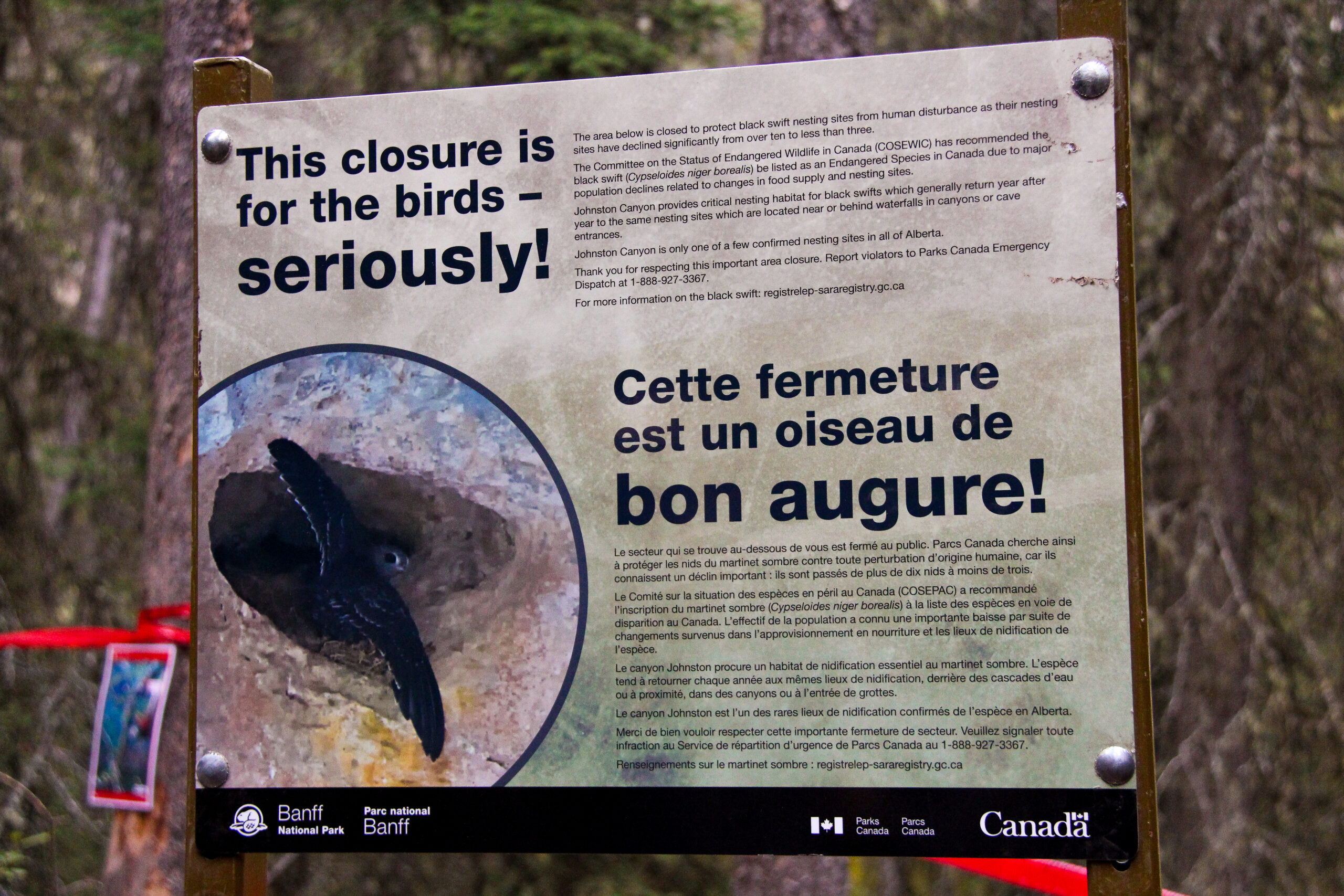
Banff Upper Hot Springs
Is there any better feeling than sinking your body slowly into the steaming hot waters after a long day of hiking? Banff Upper Hot Springs can be visited everyday. It is a perfect way to recover from your daily hikes.
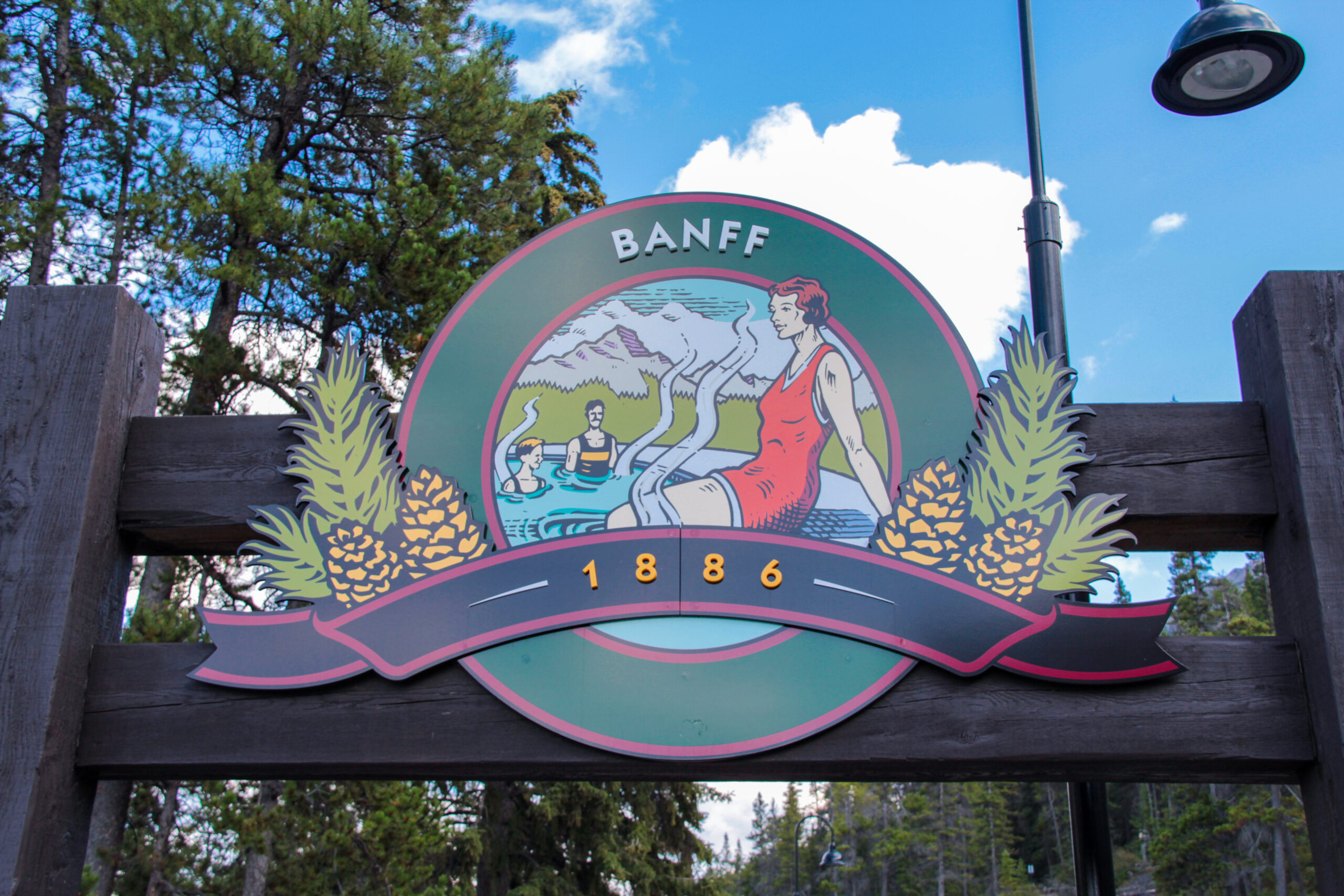
Already indigenous people knew the power of the hot springs. Back in time they were meant to cure illness and maintain health and were therefore sacred waters.
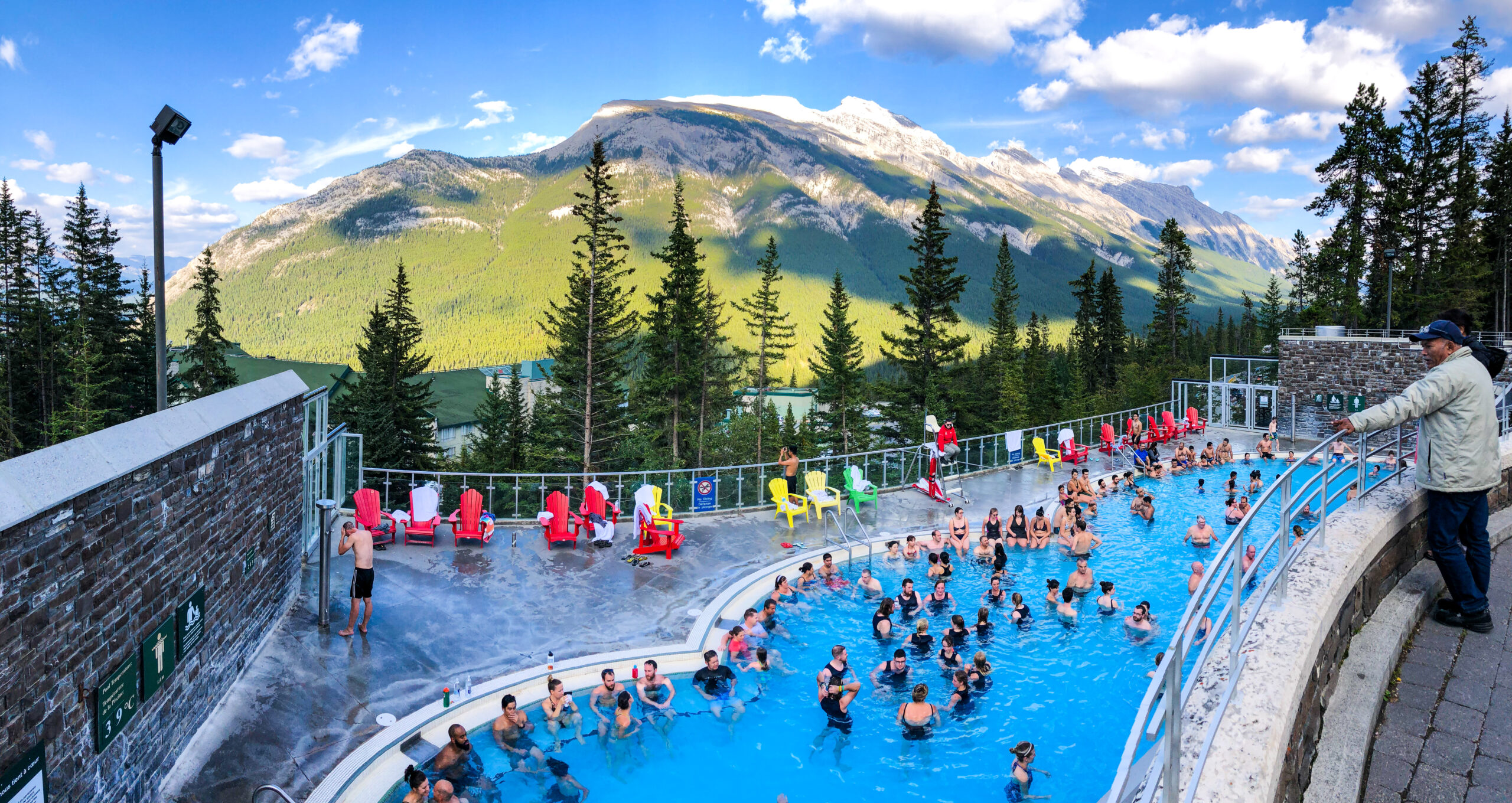
In 1883, Canadian Pacific Railway workers discovered hot water and steam flowing out of a cave, which is known today as the Cave and Basin Hot Springs at the foot of Sulphur Mountain. Only in 1932, the Upper Hot Springs bathhouse opens complete with sulphur water and all the facilities as known today.
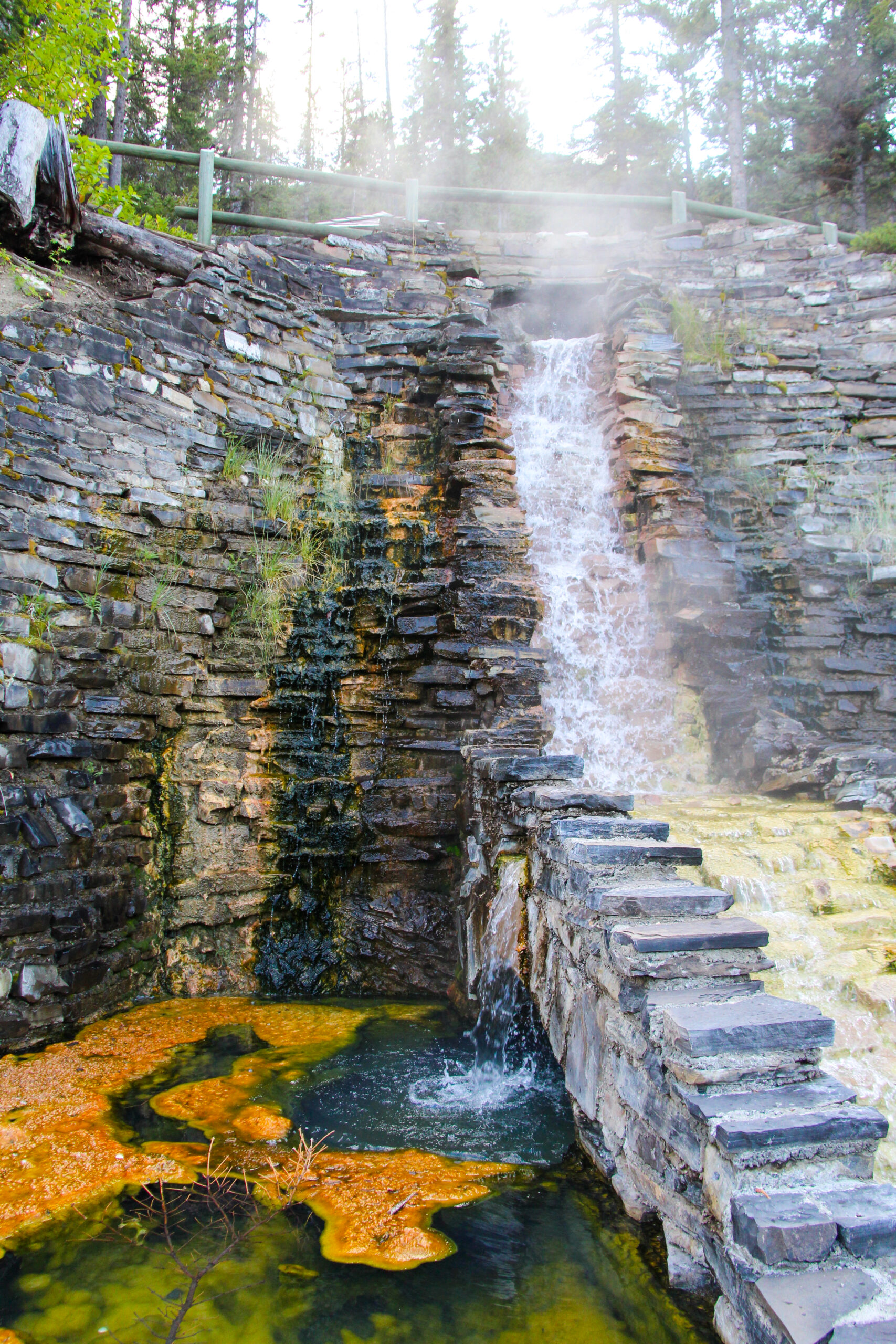
The Banff Upper Hot Springs are the last ones to be open for public for bathing, which has the side effect that it is always very crowded. You cannot enjoy a calm bath if there are plenty of people around you.
Cave and Basin National Historic Site
As already mentioned, Cave and Basin Hot Springs were the first hot springs discovered in Banff National Park and therefore also the birthplace of Canada’s first national park. It all started with hot water coming out from a crack in the rocks of a mountain. Indigenous people already knew about the hot water but the railway workers saw their chance to make money with that hot water. They were denied the ownership and the Government of Canada took the chance to create a national park.
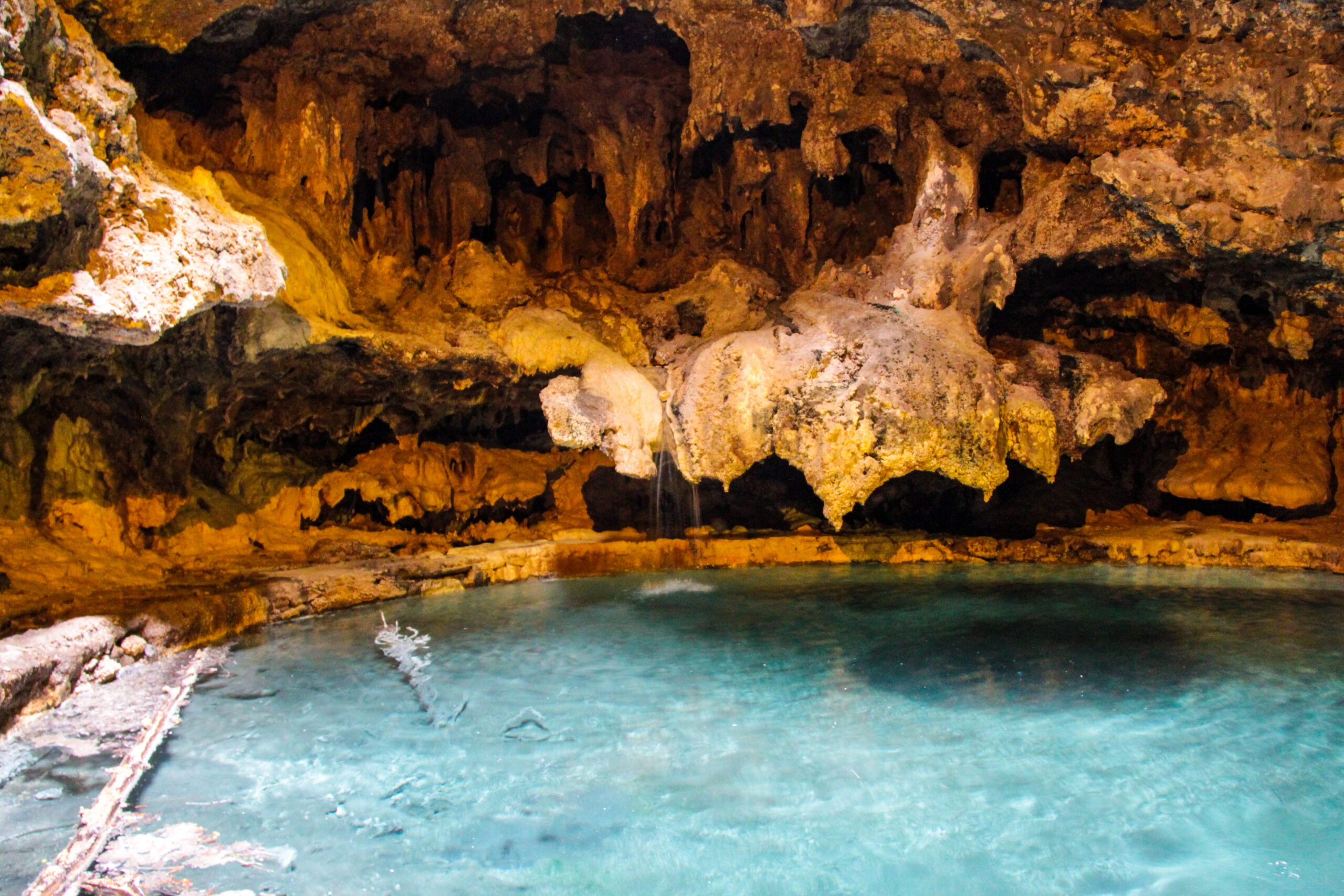
This historical starting point of Banff National Park is therefore the perfect starting point for a museum. Cave and Basin National Historic Site is a small but very informative museum located in the heart of Banff National Park. Interactive exhibits and film presentations will show you how the hot springs were founded but the most exciting is definitely the hot springs itself.
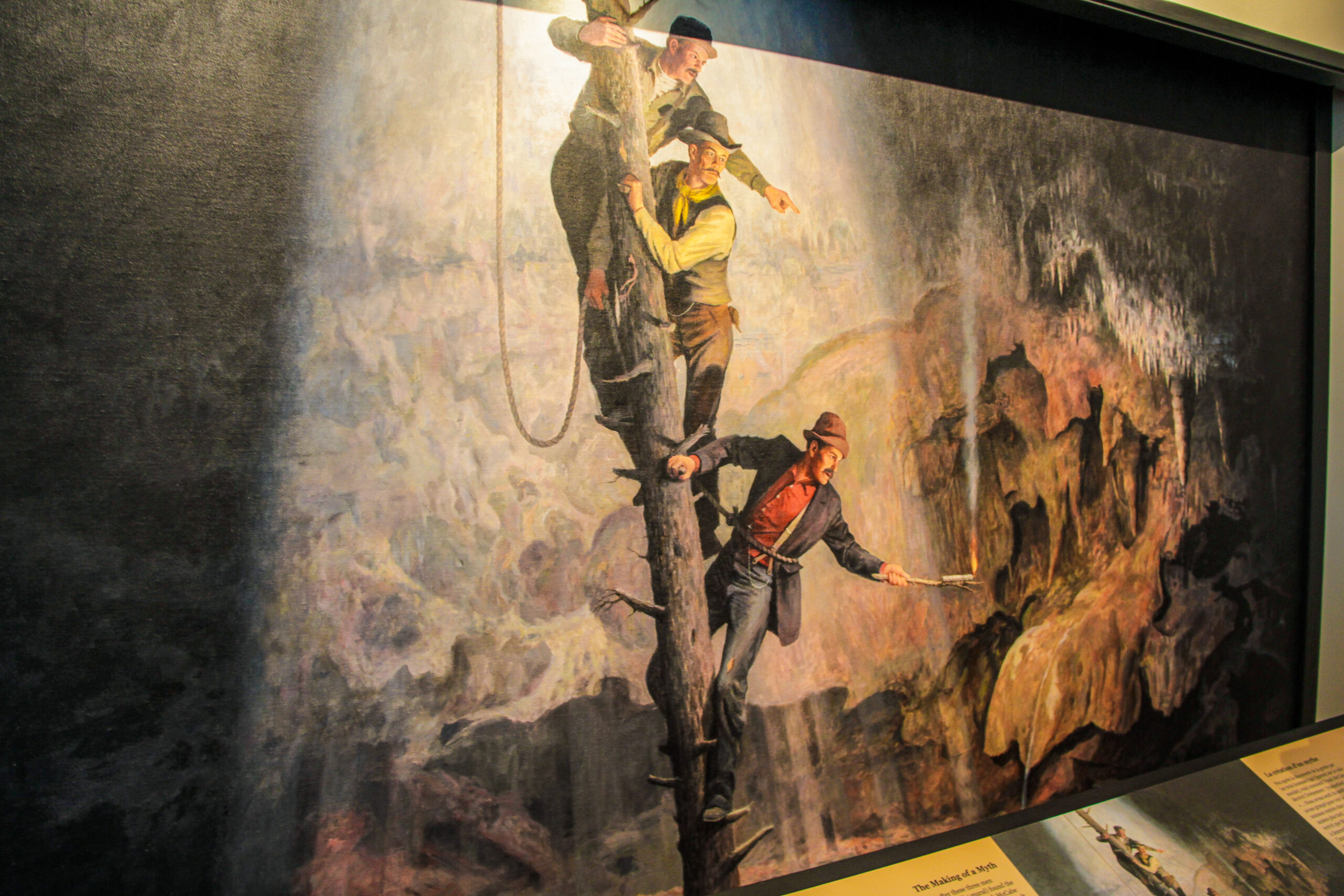
A short tunnel will lead you to the fascinating blue water cave. You can smell the sulphur smell already from the beginning of the tunnel. It can be quite strong sometimes.
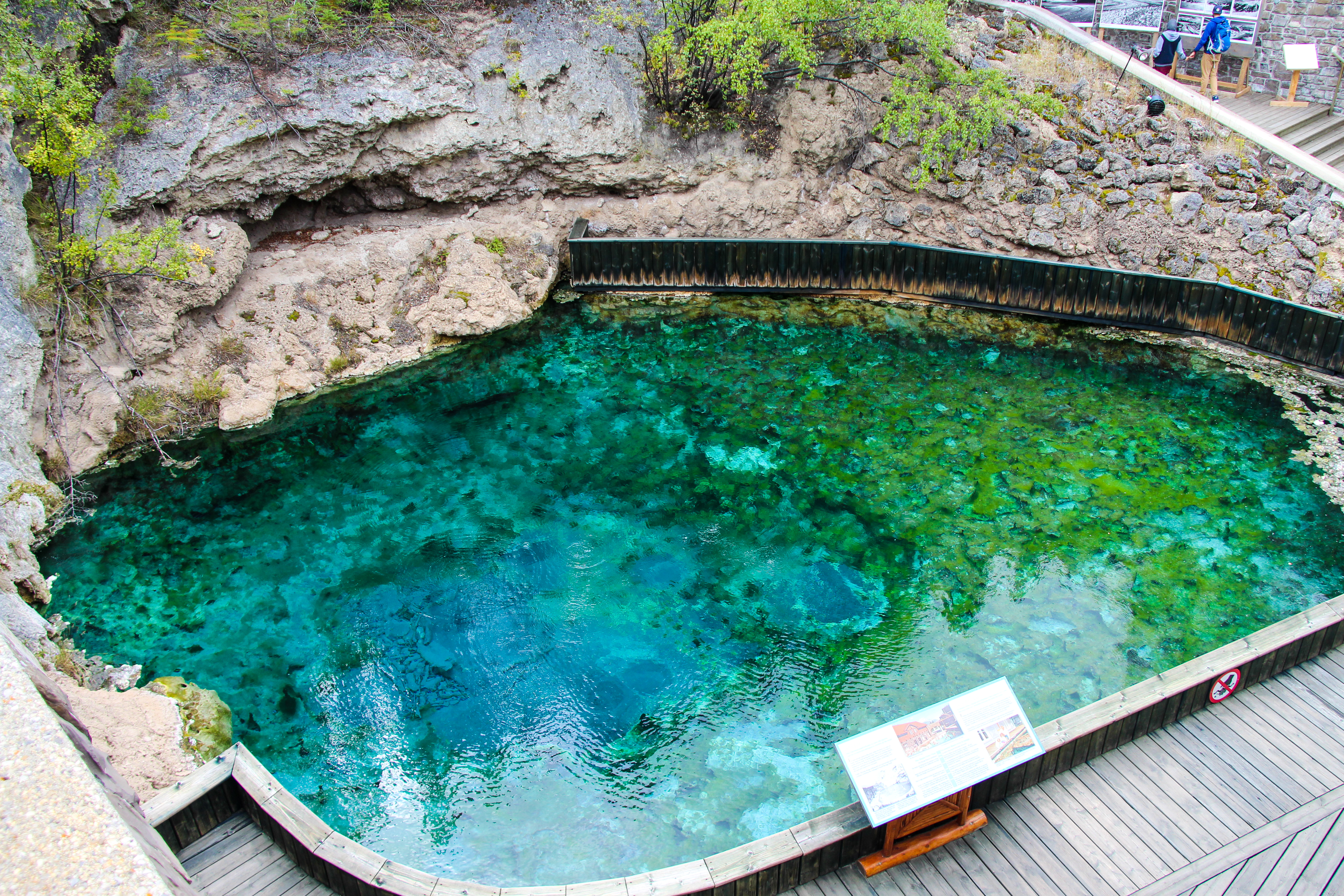
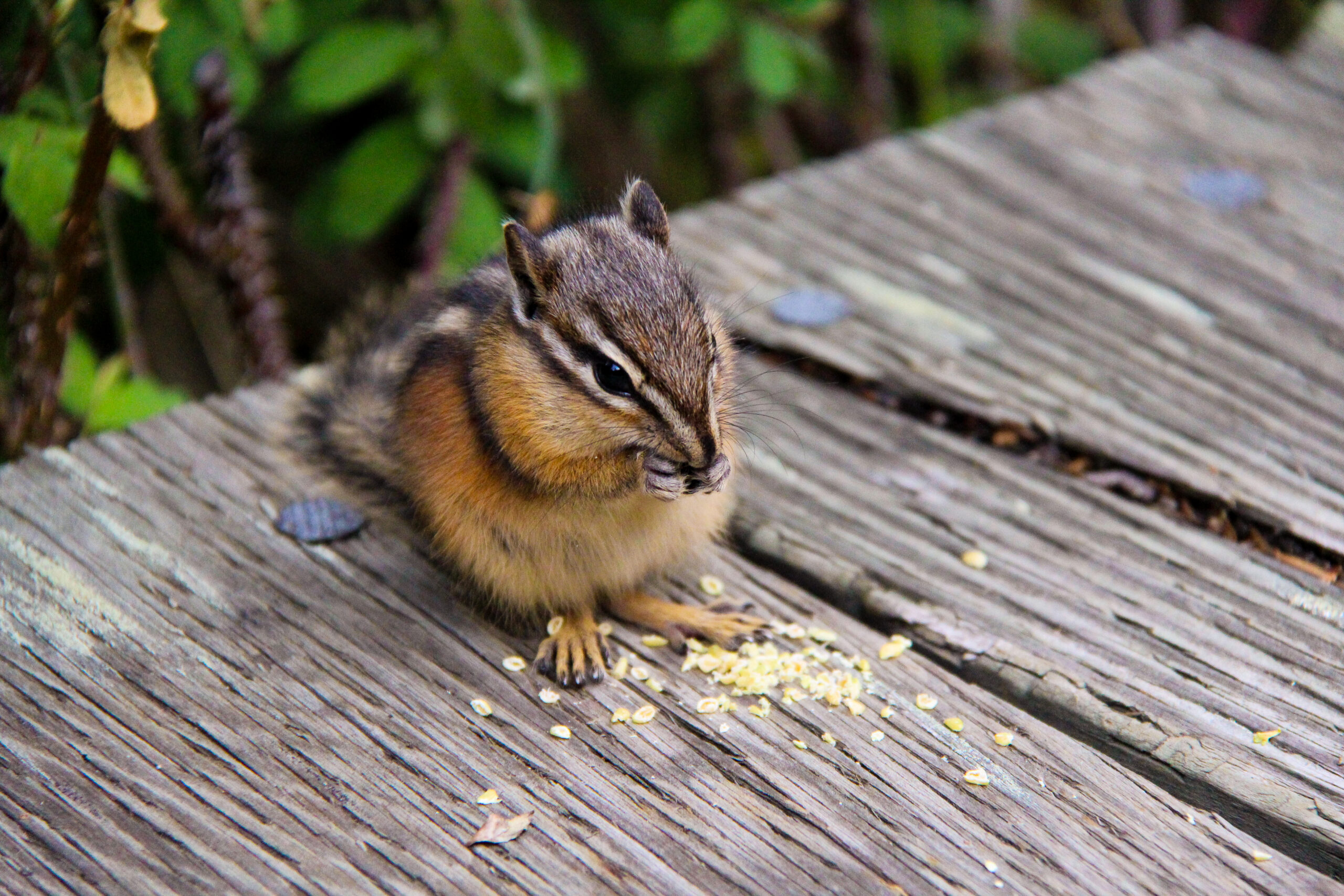 The Cave and Basin is not only home to the hot springs, but also to the endangered Banff Snail. It is found nowhere else in the world and therefore classified as endangered. The snails are between 3 and 5 mm’s in size and they seem to follow the seasonal rise and fall of the water temperatures. There are more of them with the rising water temperatures.
The Cave and Basin is not only home to the hot springs, but also to the endangered Banff Snail. It is found nowhere else in the world and therefore classified as endangered. The snails are between 3 and 5 mm’s in size and they seem to follow the seasonal rise and fall of the water temperatures. There are more of them with the rising water temperatures.
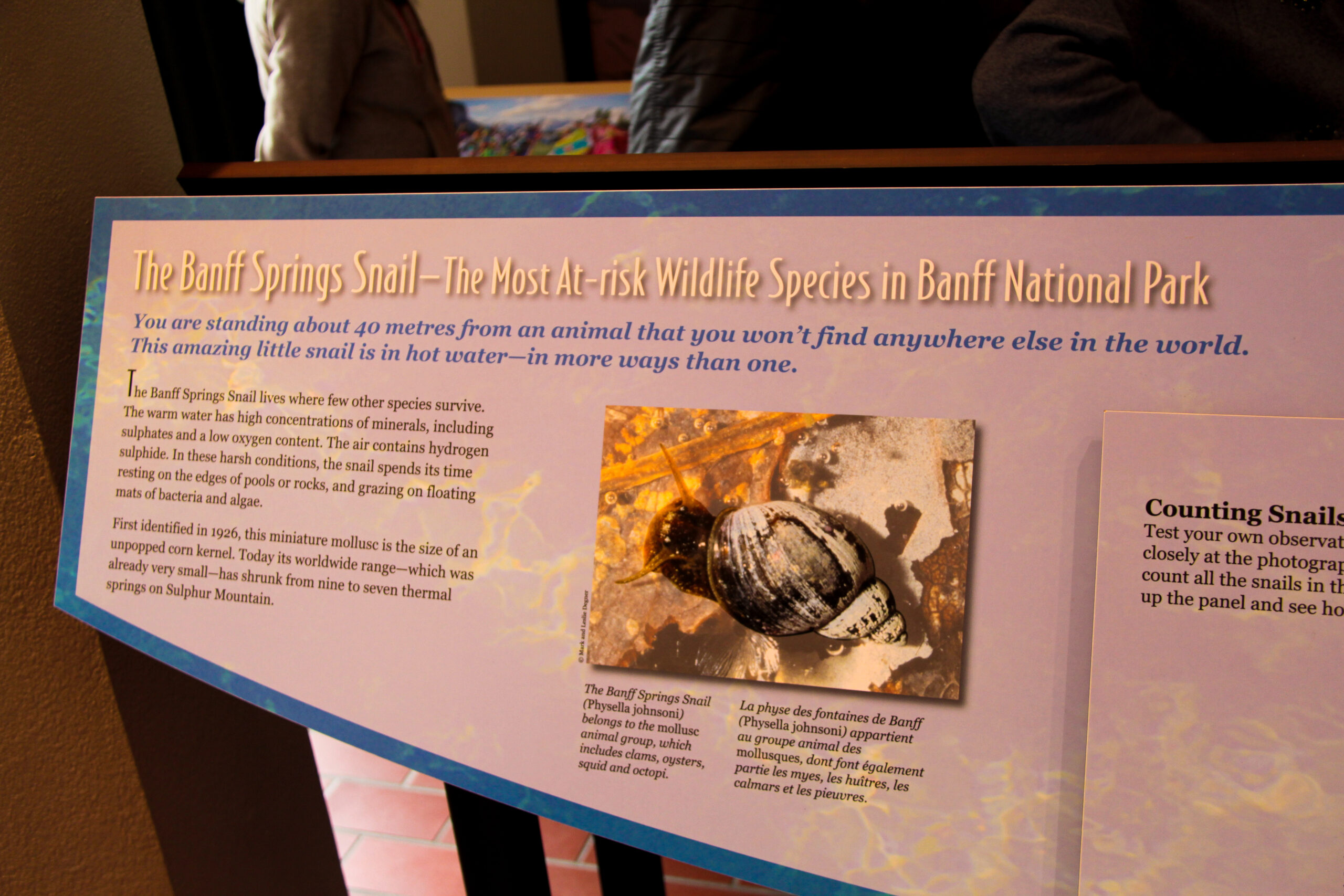
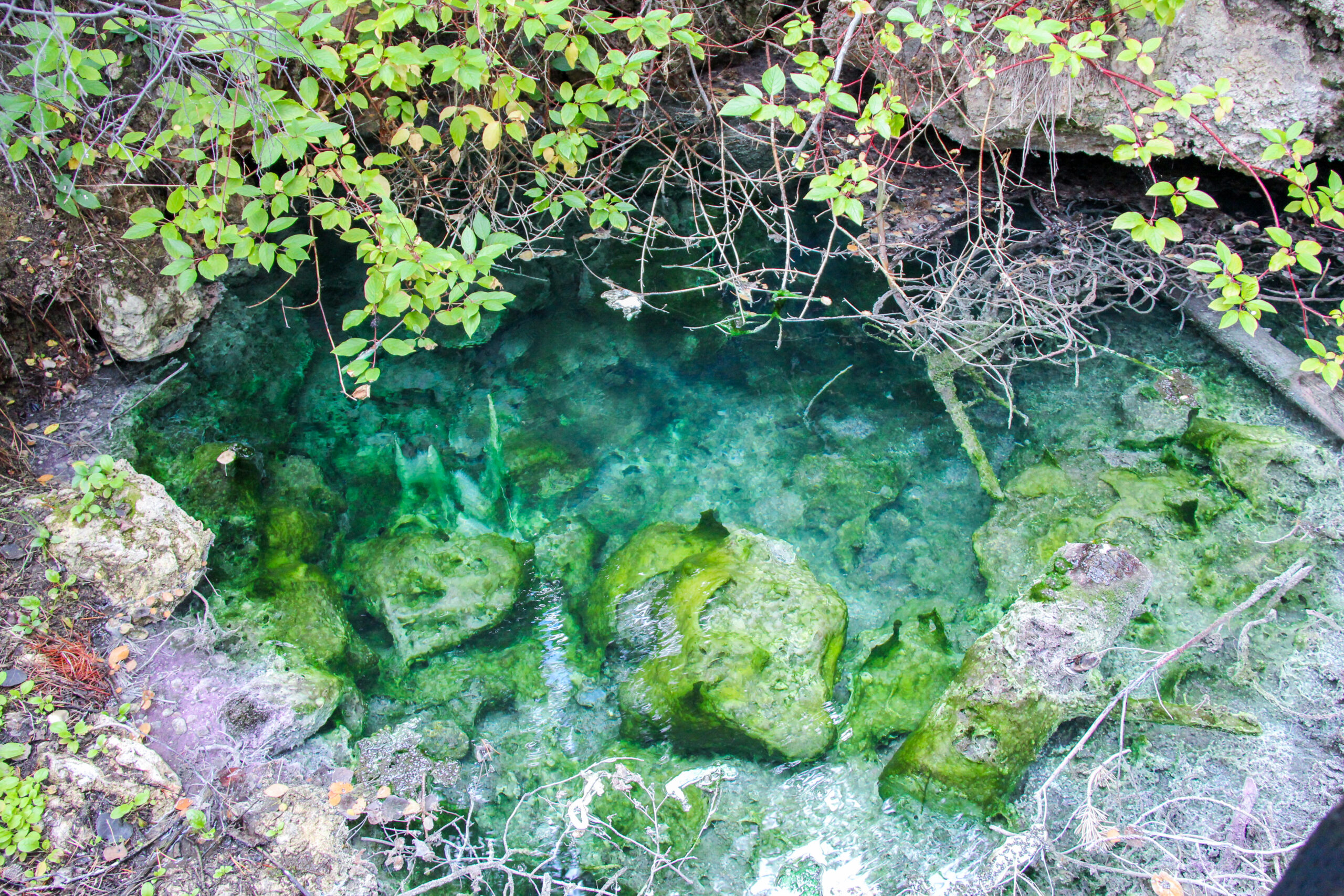
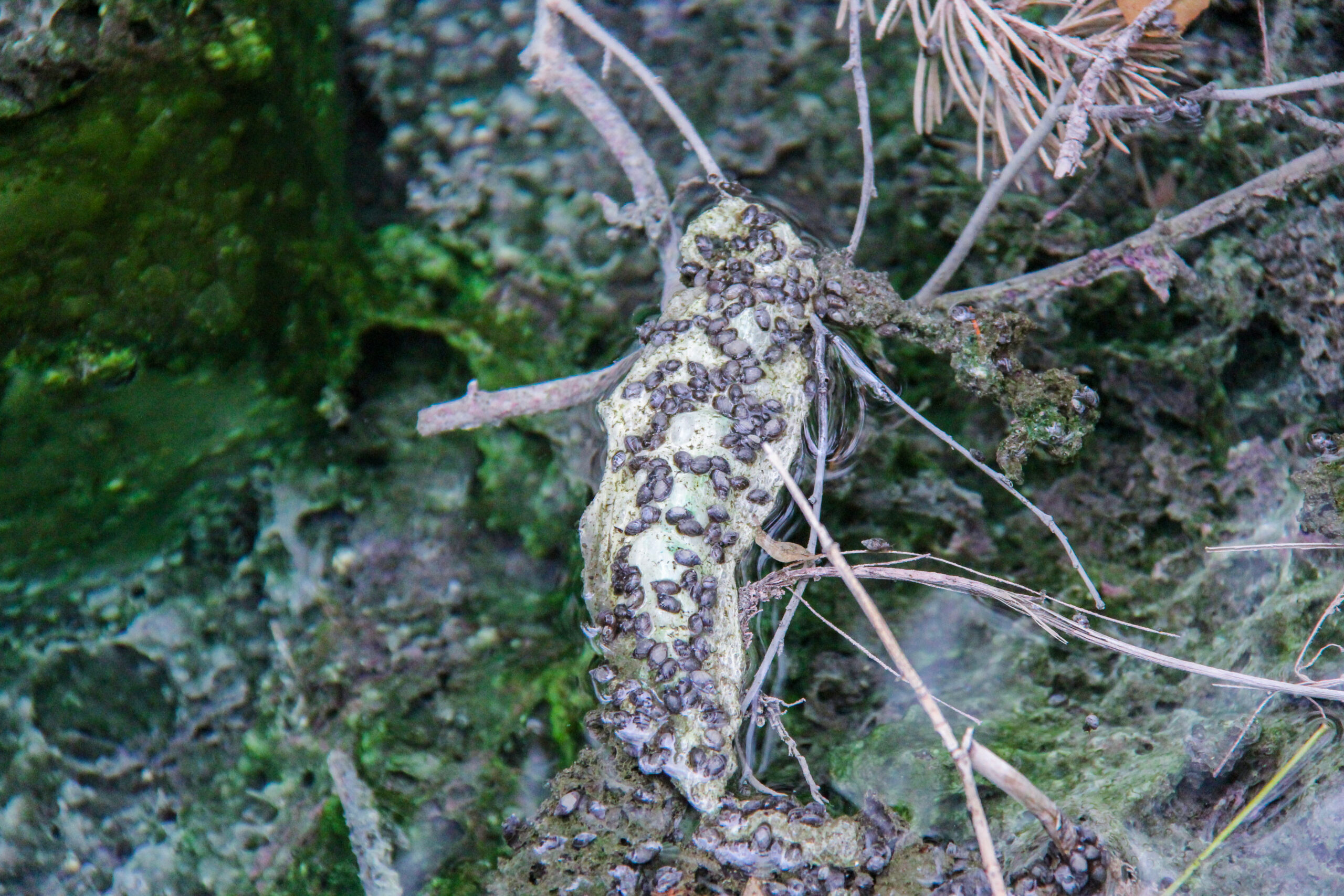
Be sure to put it on your to do list whenever visiting Banff National Park. It doesn’t take a lot of time, but is very informative and will let you jump into the history of the oldest national park in Canada.
Town of Banff
The Town of Banff is one of the most popular tourist destinations in Canada and also the first municipality incorporated within a Canadian national park. It is the starting point for all the outdoor sports and adventures.
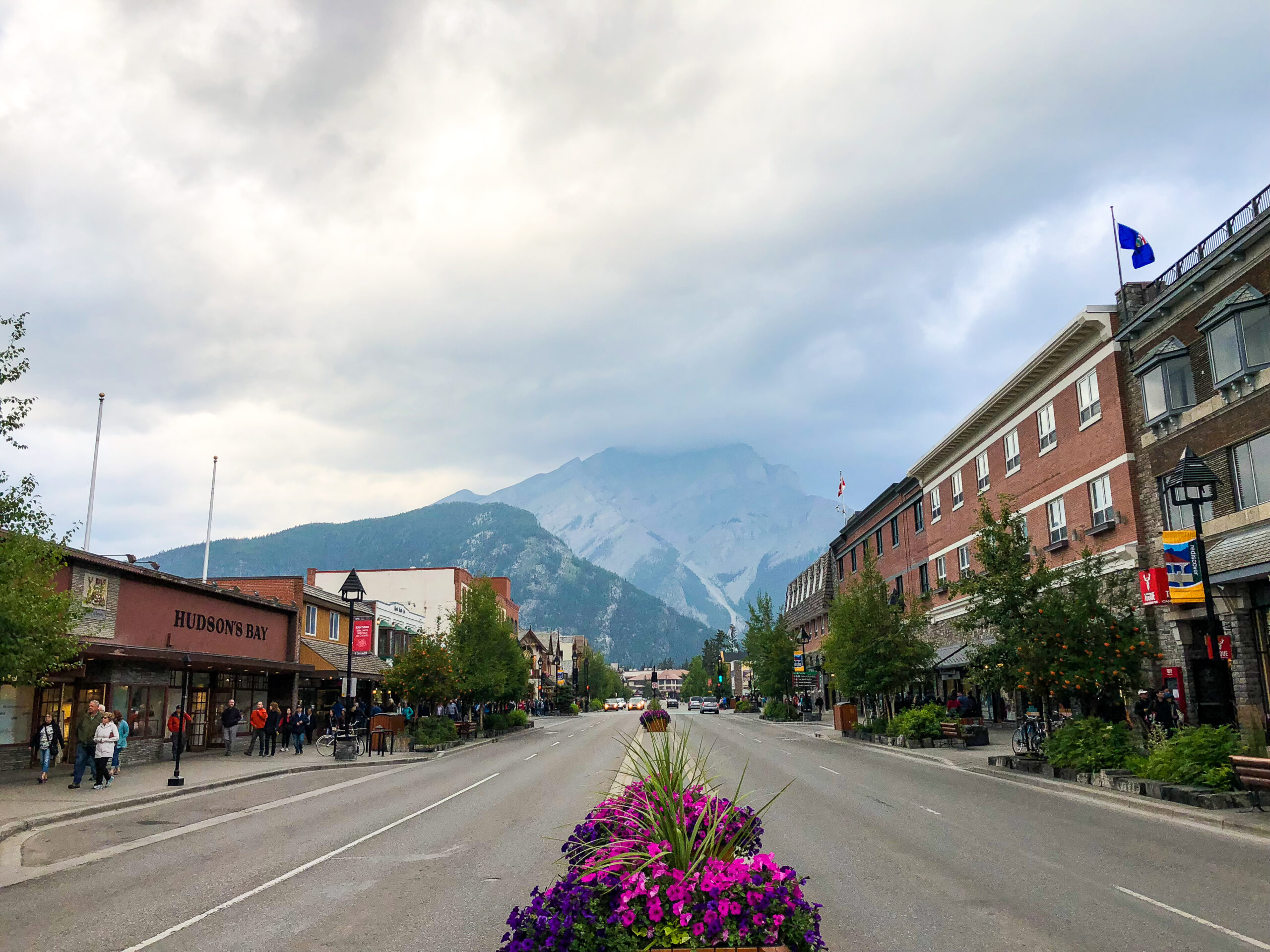
The main street is called Banff Avenue with a lot of restaurants, bars and shops surrounded by mountains. On of the best restaurants for me is the Maple Leaf.
What are your favorite places in Banff National Park? Let me know in the comments section below!
Read next: The ultimate West Canada Guide
